Luna trecuta, in ultima saptamana de martie, am facut o escapada in Siclia de Nord, cu dor de duca inainte de vacanta de vara si pofta de meleagurile si mai ales de bucatele italiene.
A fost ceva relaxat, si, de-a lungul a 4 zile, am explorat coasta de nord a litoralului sicilian, de la Cefalù, la Palermo si pana in extrema vestica, la Marsala. Ne-am miscat usor, cu un Fiat Panda inchiriat la sosirea pe insula, din aeroportul din Palermo, si cu maxima atentie la trafic, caci sicilienii circula destul de haotic si-ti taie fata brusc, fara sa semnalizeze in intersectii sau cand schimba banda.
La Cefalù am ajuns seara tarziu si am descoperit un orasel medieval fermecator, mic si vesel, cu viata de noapte activa si plina de rasete si muzica din loc in loc. A fost preferatul meu, cu stradutele inguste si pietruite, cu magazine boutique mici si colorate la parterul cladirilor istorice, cu micul dejun servit pe indelete, pe terasa, la soare, in Piazza Duomo, langa catedrala, si chiar la baza faimoasei Rocca.
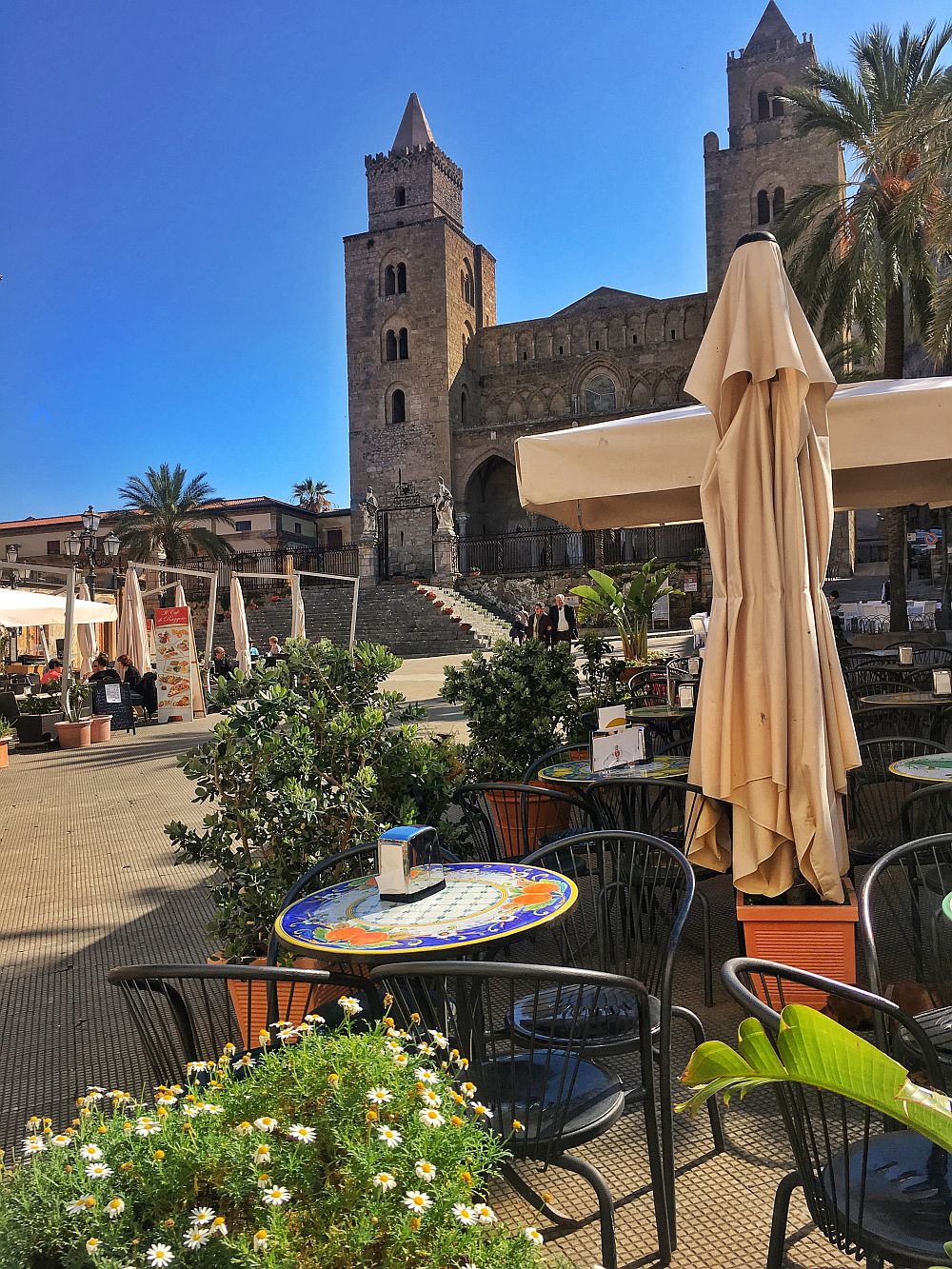
Piazza Duomo di Cefalù
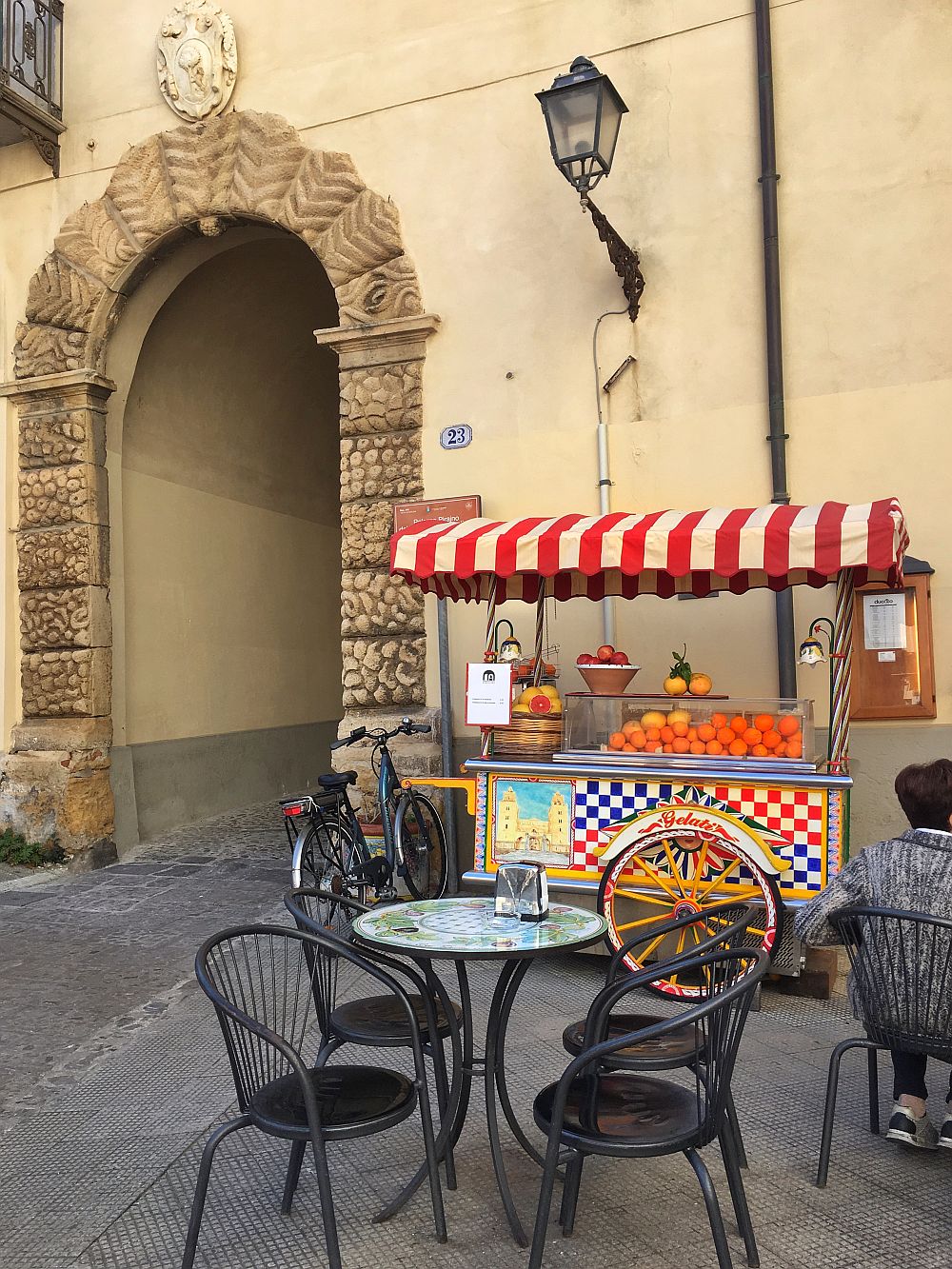


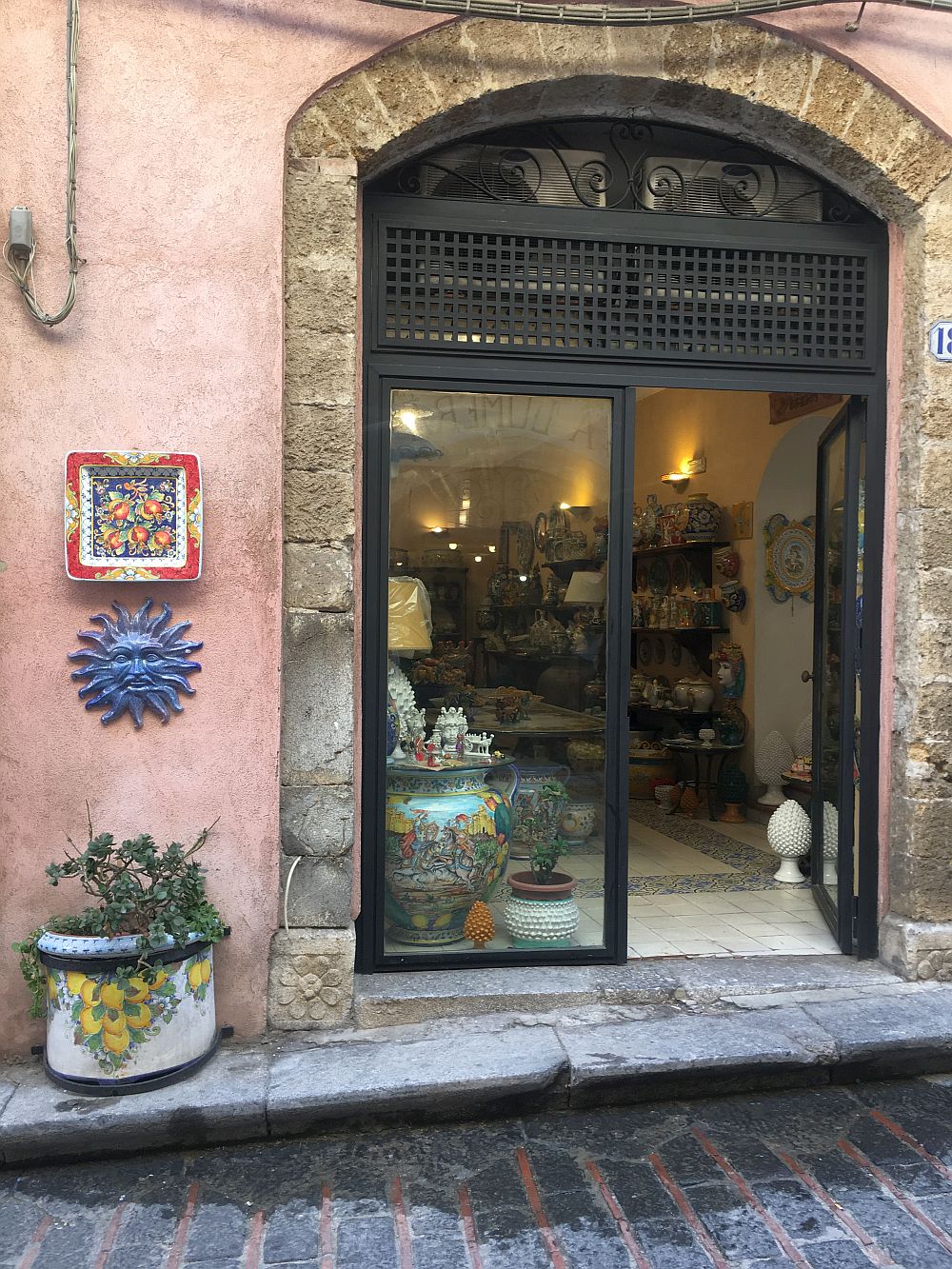
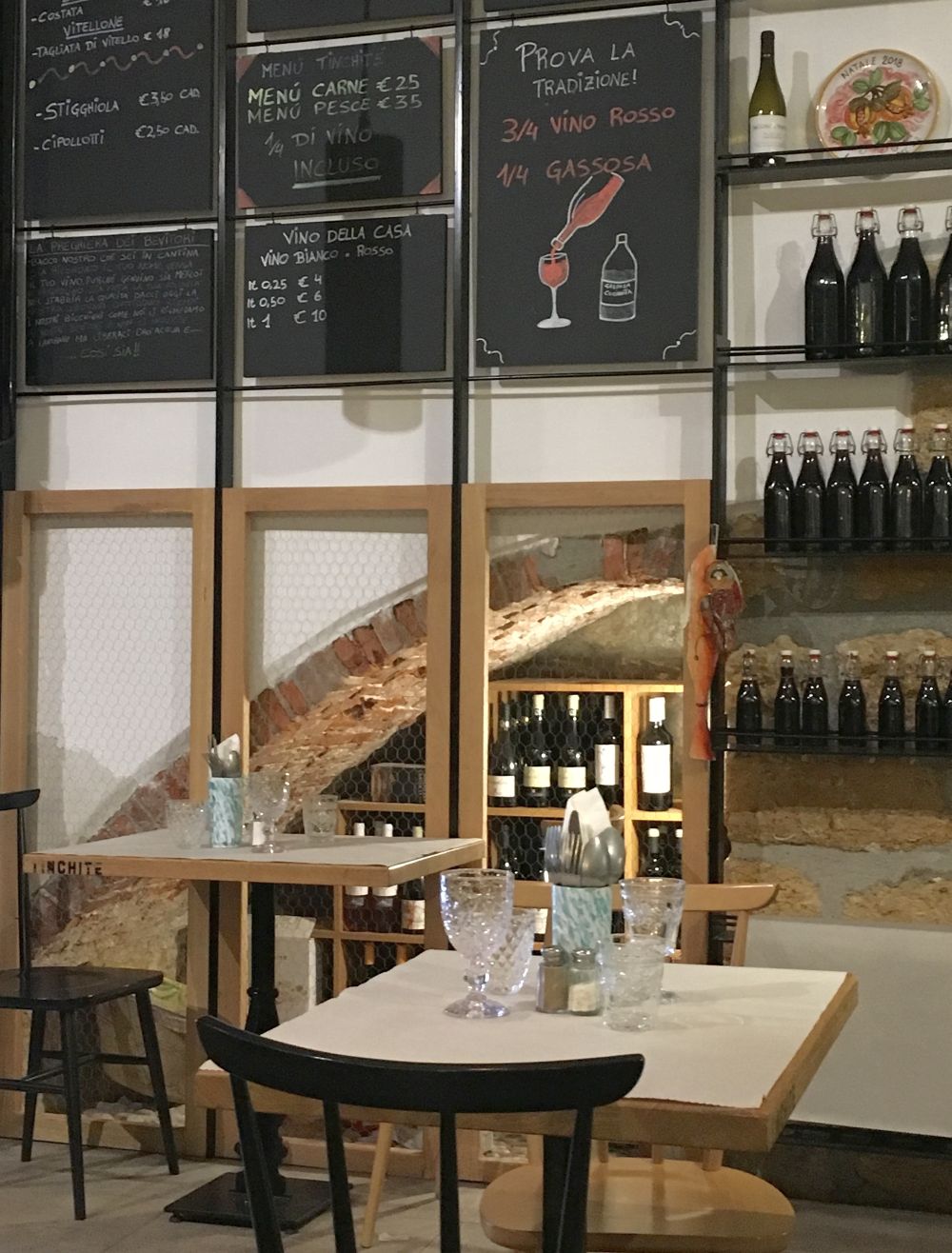
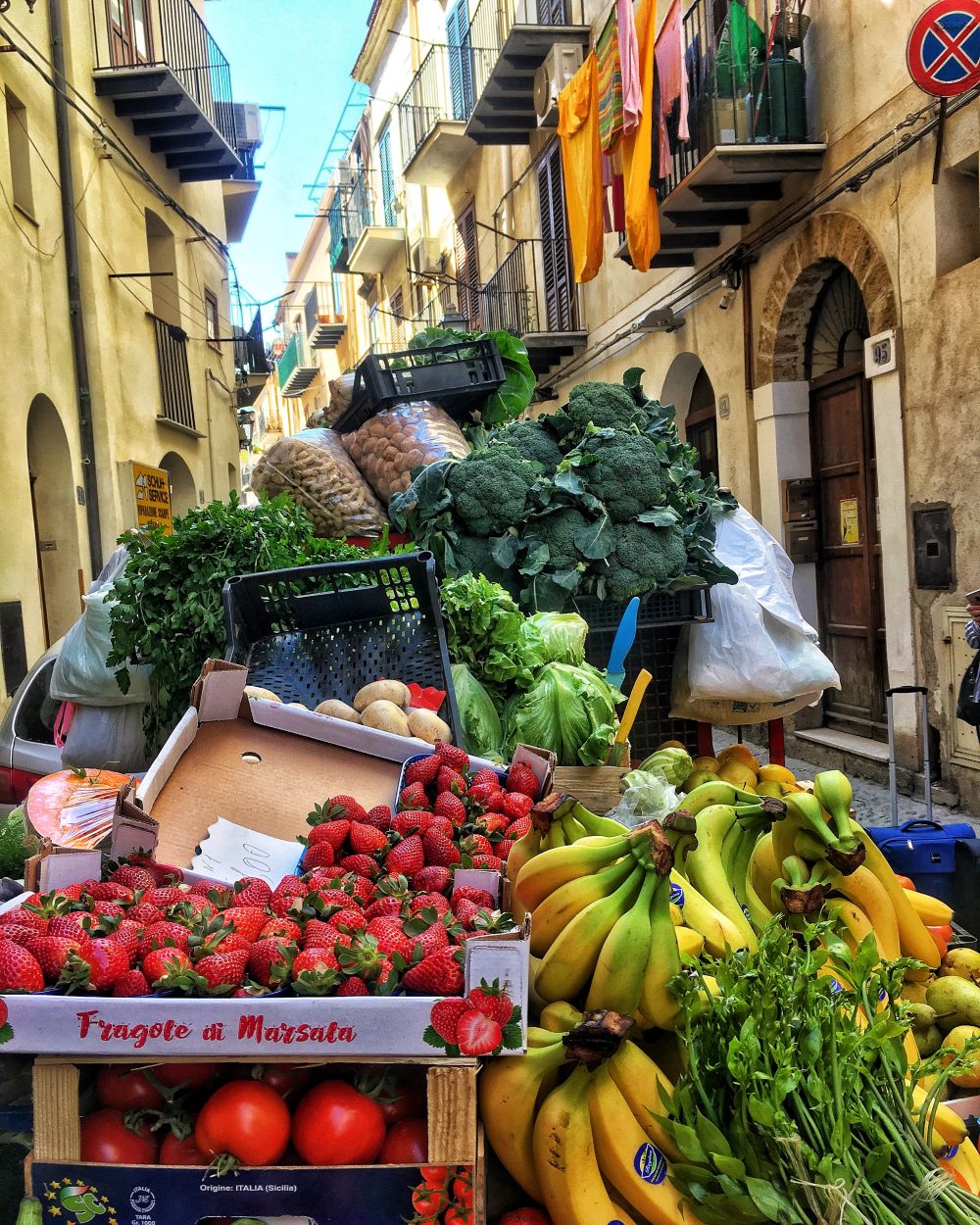
Pentru cei dornici de istorie, Cefalù are Catedrala Normanda, construita de Roger al II-lea incepand din anul 1131, ce adaposteste unele dintre cele mai vestite mozaicuri bizantine din Sicilia. Orasul exceleaza in vestigii normande, bizantine, arabe si spaniole mixate in timp cu spiritul italian.
Osterio Magno este un palat ridicat în secolul XIII, fiind locuința favorită a regelui Roger al II-lea, înainte ca acesta să fie achiziționat de familia feudală Ventimiglia, care avea să domnească ani de zile în această regiune. A fost construit in mai multe stiluri arhitectonice, pe niste vestigii antice romane iar acum gazduieste numeroase expoziții de artă.
Museo Mandralisca, fondat de Baronul de Mandralisca în secolul XIX, expune piese arheologice și colecții numismatice, incluzand o galerie de artă și o bibliotecă ce adună peste 9.000 de lucrări istorice și științifice.
Lavatoio Medievale Fiume Cefalino se afla la baza pârâului Cefalino, despre apa caruia legenda spune că a provenit din lacrimile unei nimfe care nu s-a putut opri din plâns după moartea iubitului său. Din vremuri străvechi, din timpul romanilor, lavatoriul era folosit de femei care veneau aici să spele rufe frecându-le de pietre.
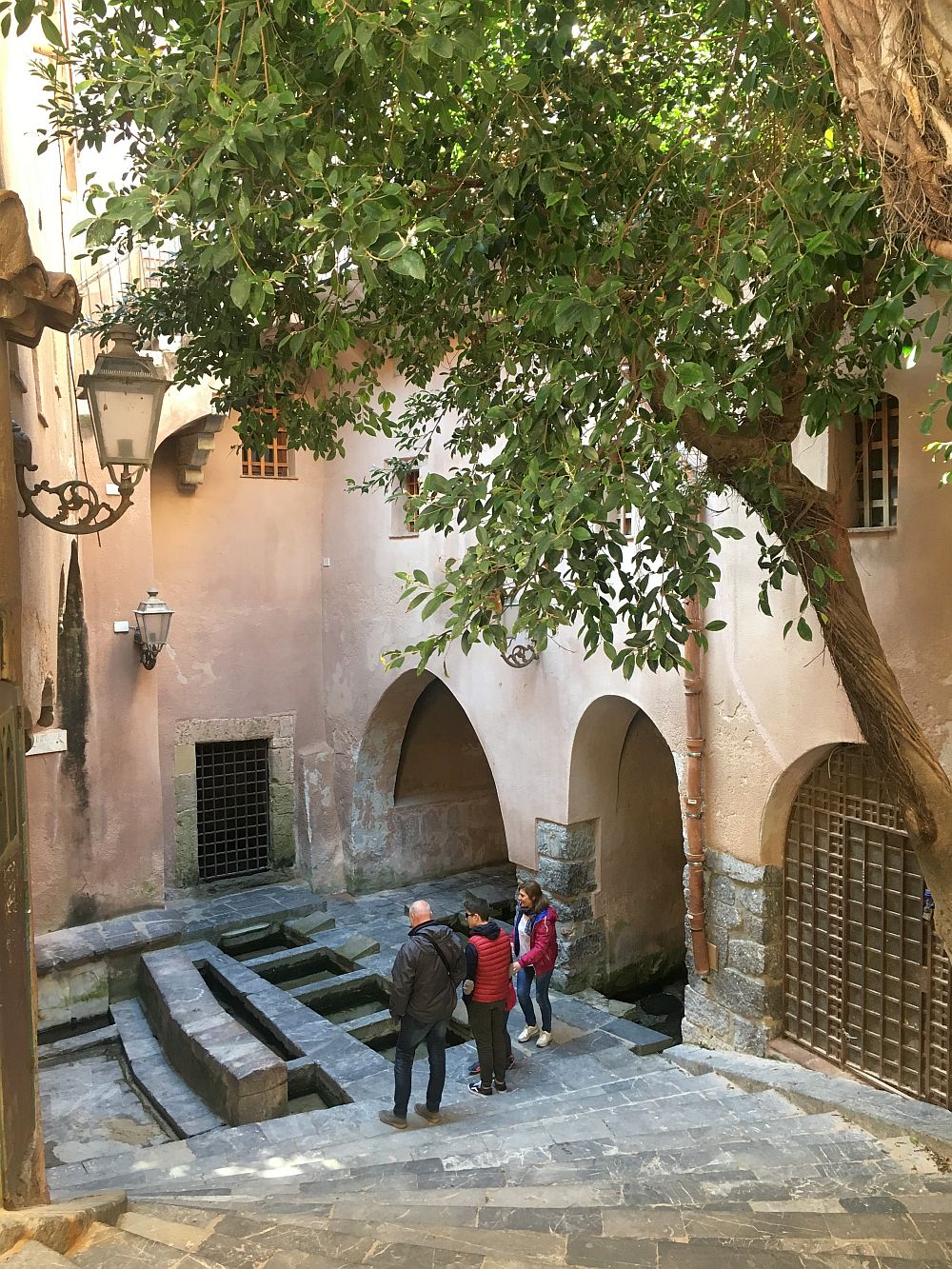
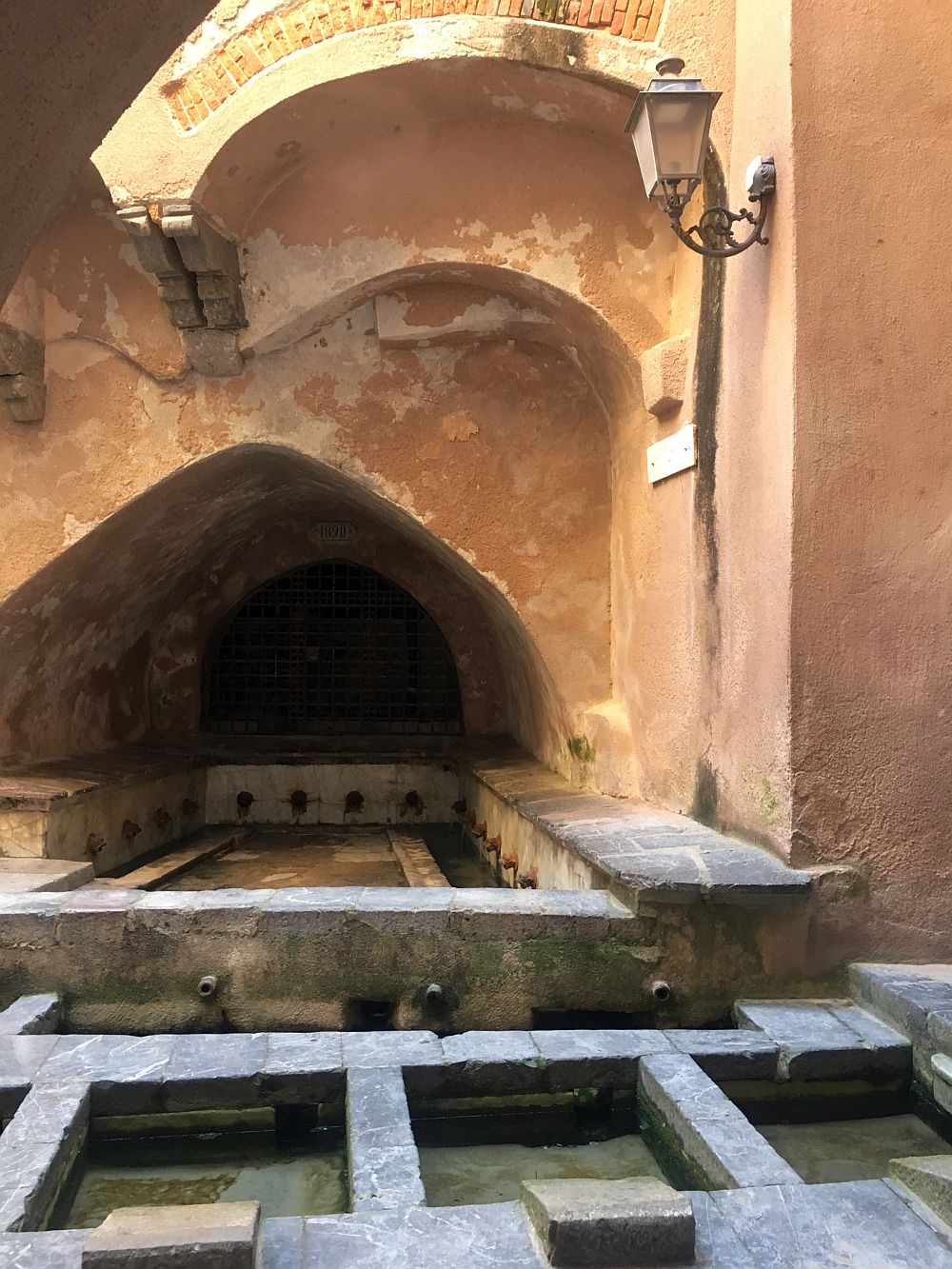
Lavatoio Medievale Fiume Cefalino
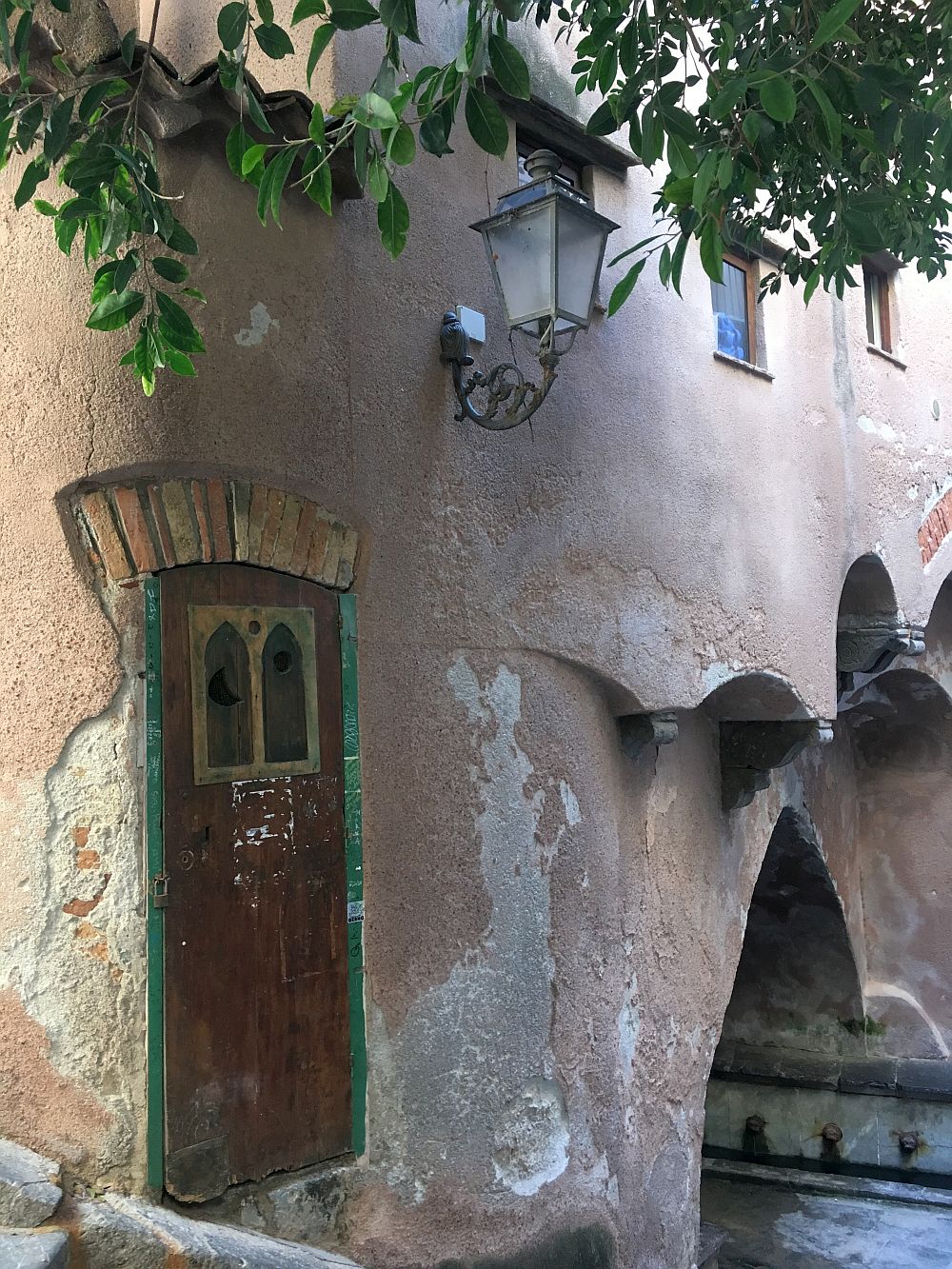
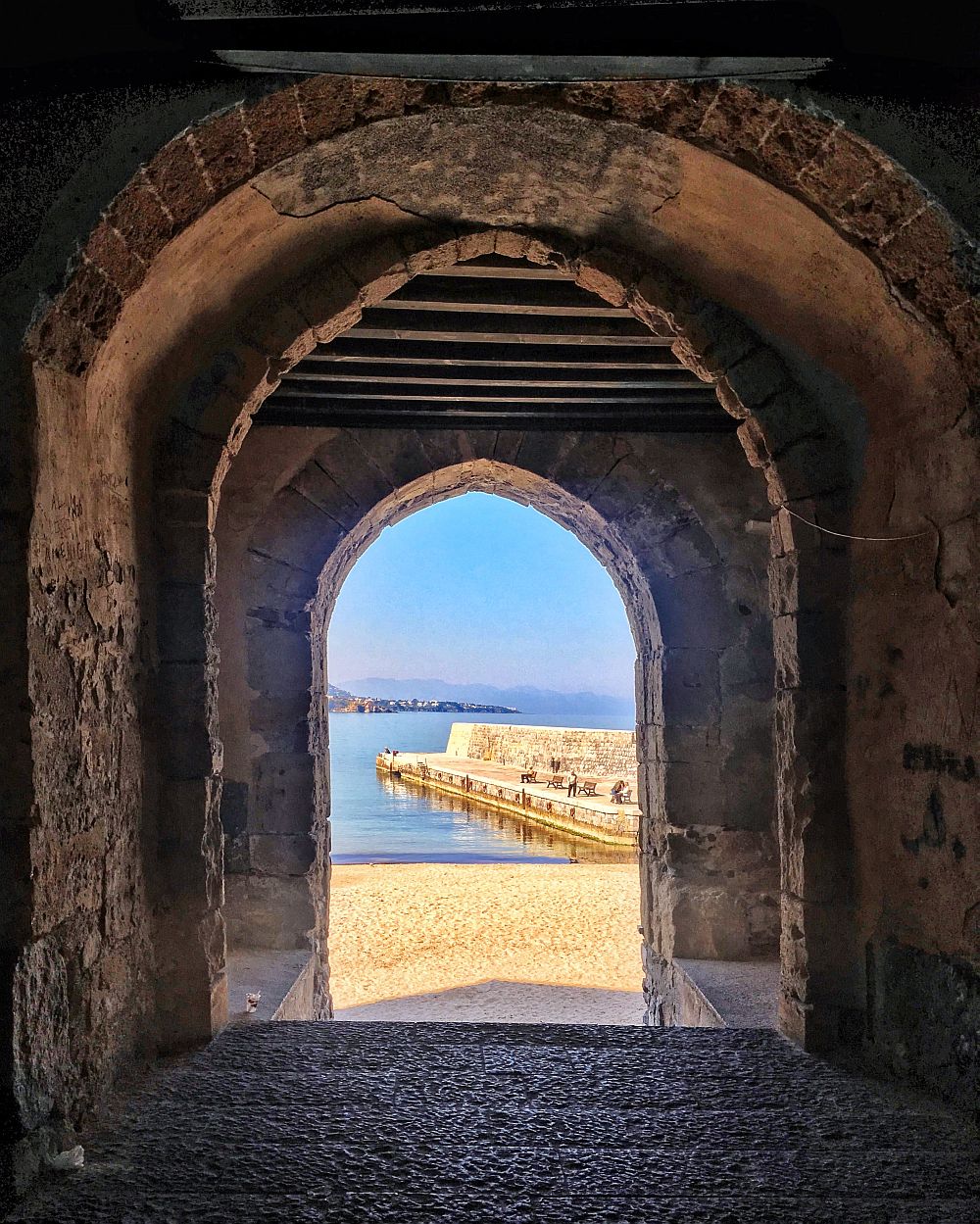
Porta Pescara, Cefalù
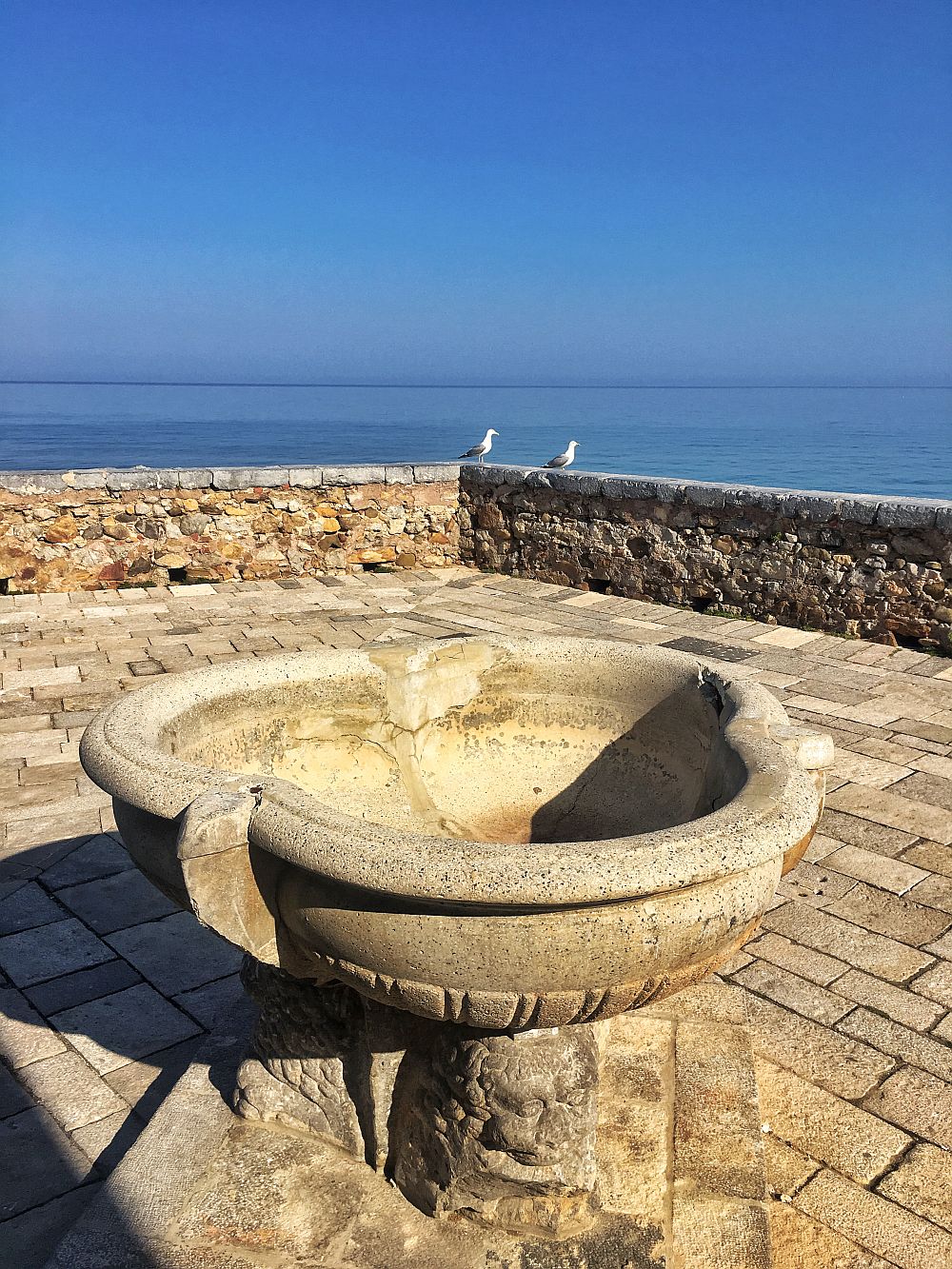
La Rocca este stânca imensă calcaroasa de deasupra catedralei si se poate escalada, iar aproape de vârful aflat la o altitudine de 270 m, sunt ruinele Templului Dianei, realizat din piatra antica în clasicul stil arhitectonic grecesc, ce datează din secolul IX inaintea erei noastre.
O plimbare pe Lungomare di Cefalù, dezvaluie plajele micute cu nisip fin si vedere la albastrul marii, colorat magistral de natura la fiecare rasarit si apus de soare.
Daca as descrie Cefalù pe scurt, ar fi: grandoare, sarm, relaxare, un loc ideal pentru a descoperi si savura acel dolce far niente italian.

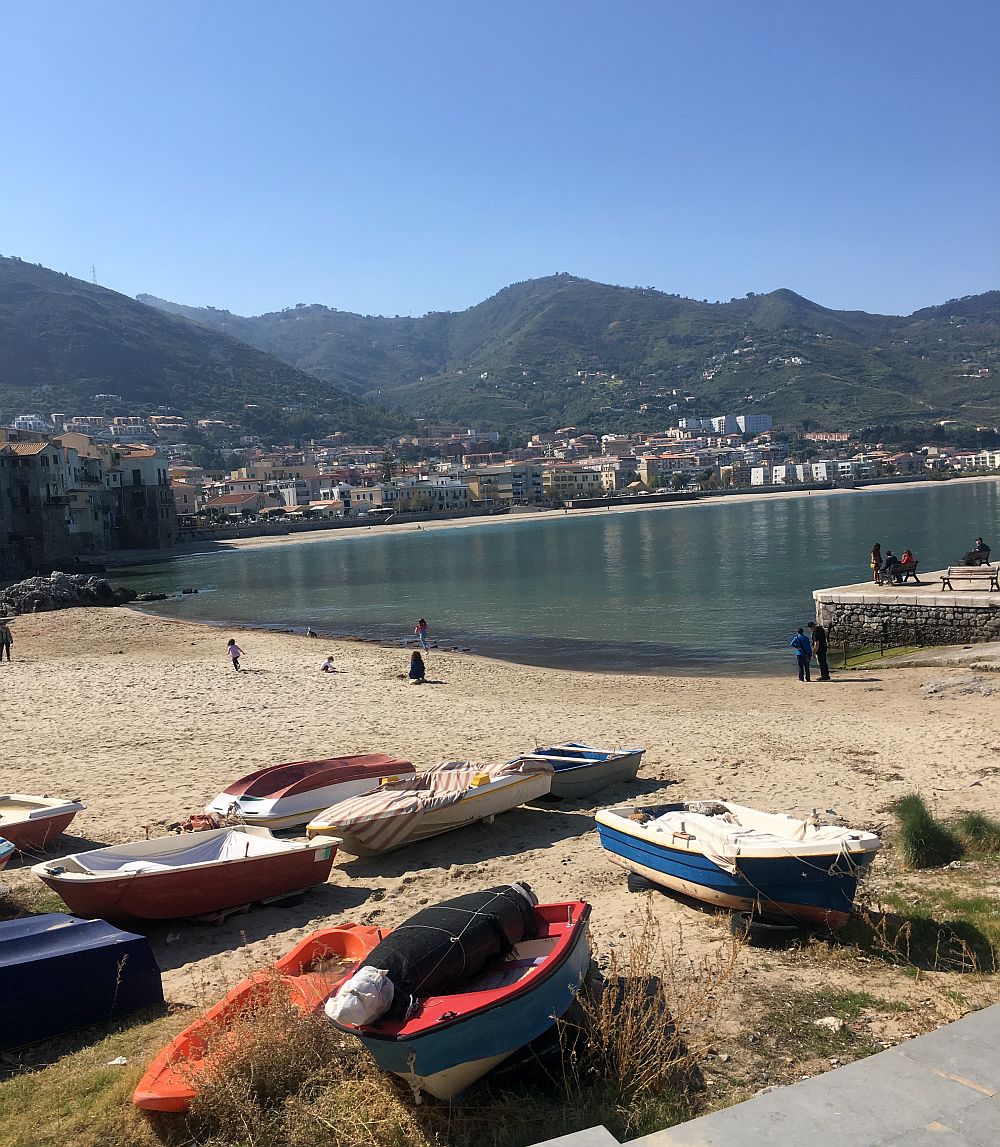

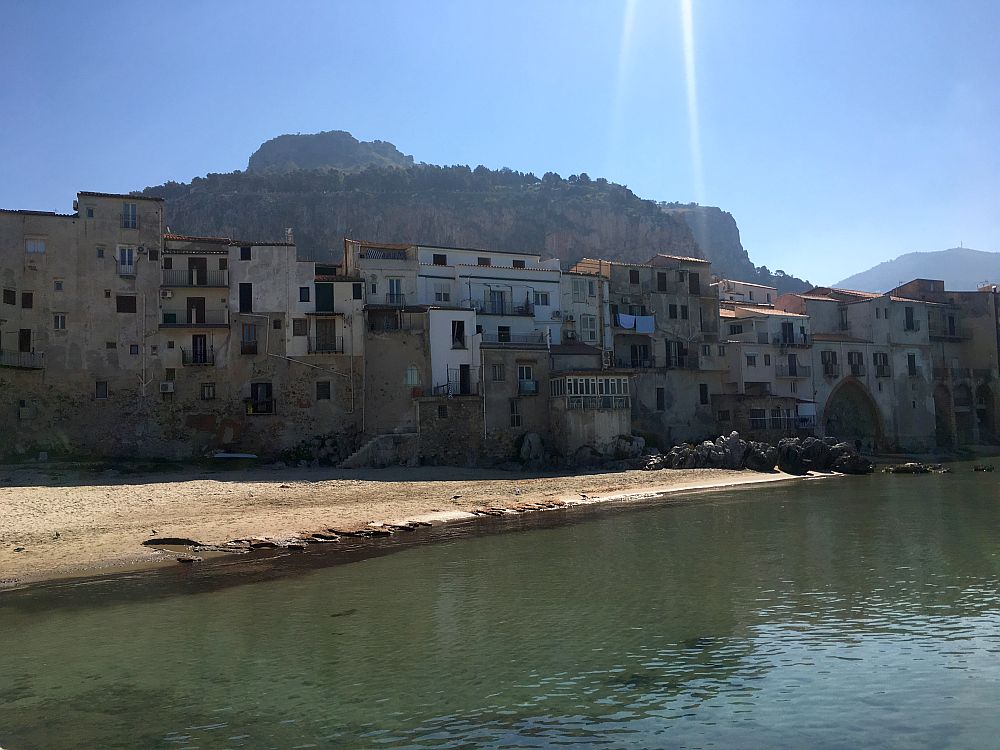
Palermo mi-a placut, este foarte frumos, insa din pacate am trecut destul de repede prin oras, asa ca prefer sa punctez doar in imagini cele descoperite de-a lungul unei zile.
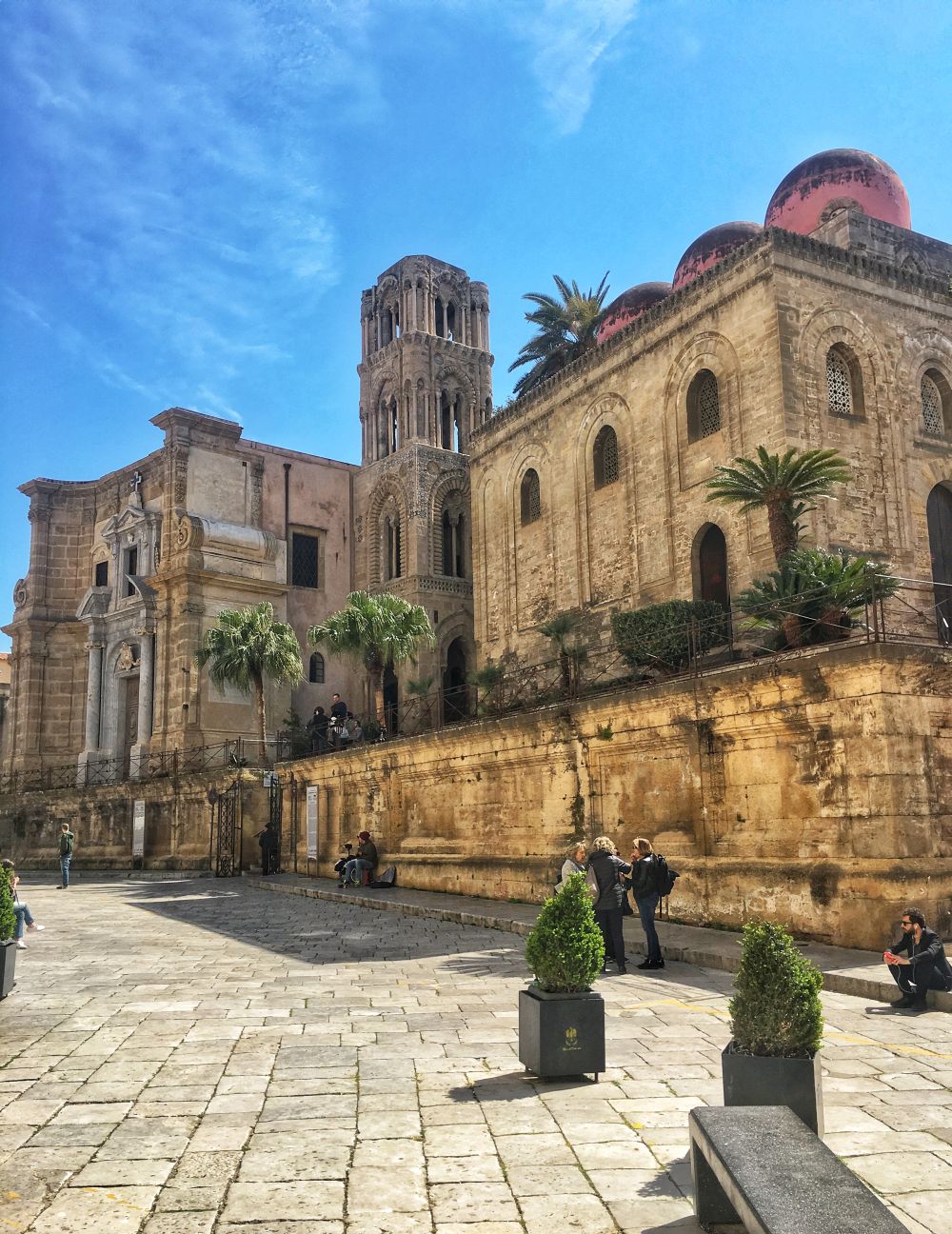
Piazza Bellini, Palermo
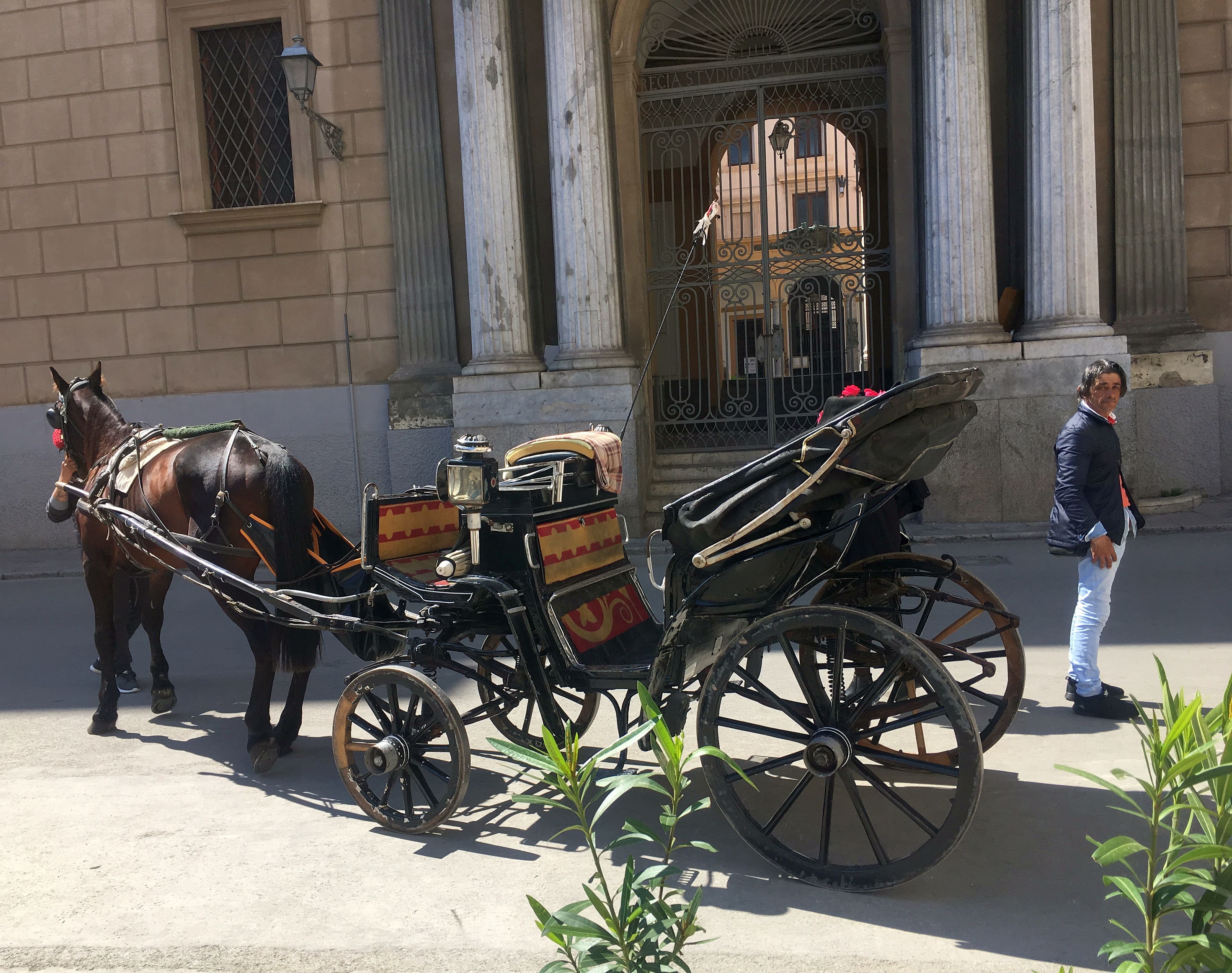
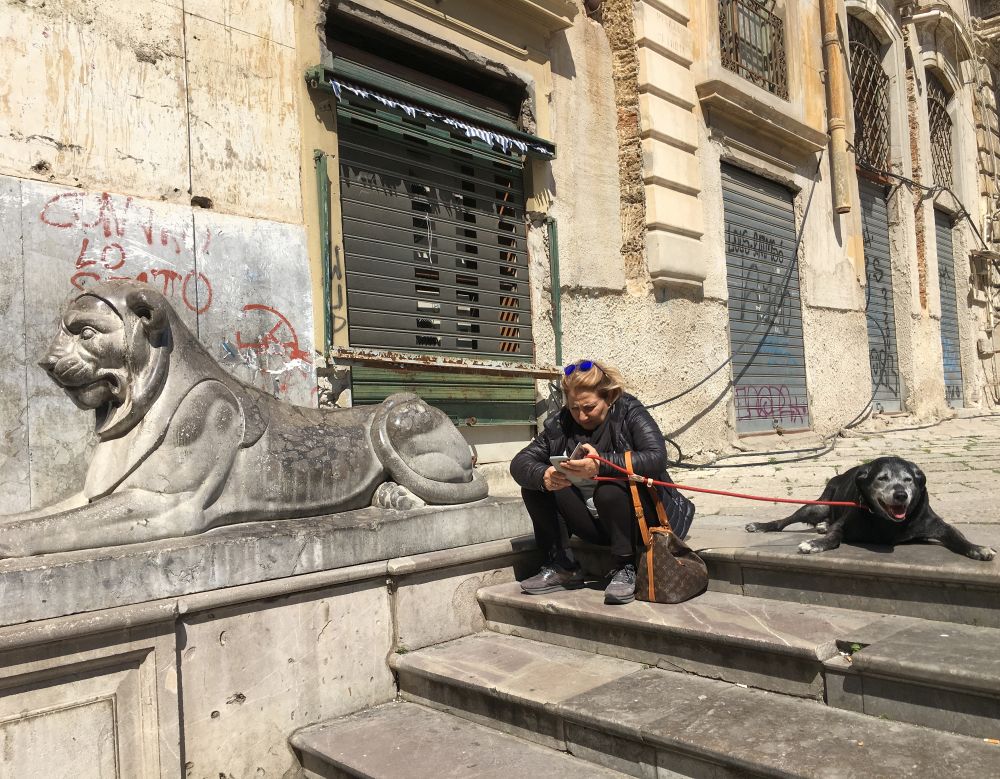

Piazza della Vergogna, Palermo

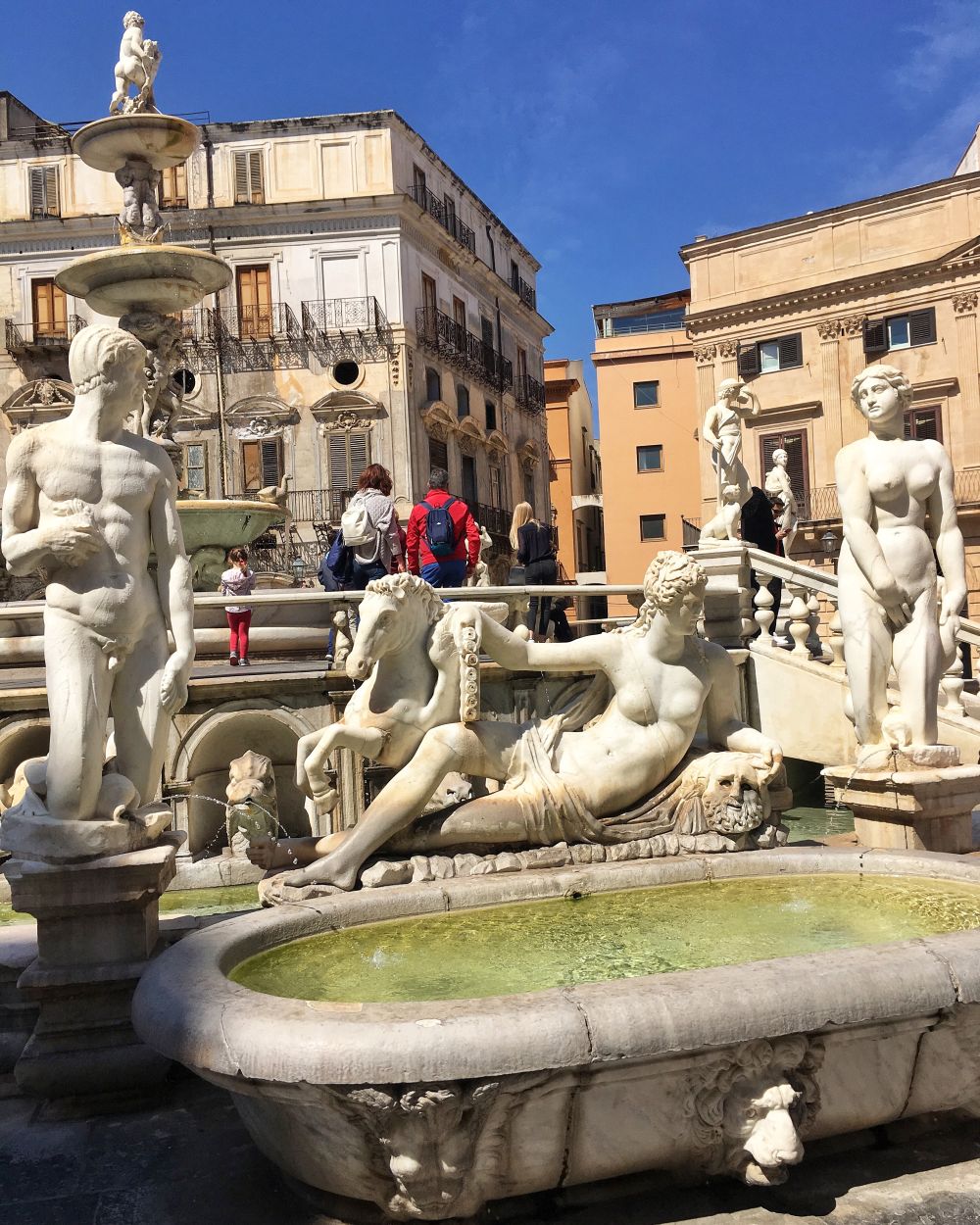
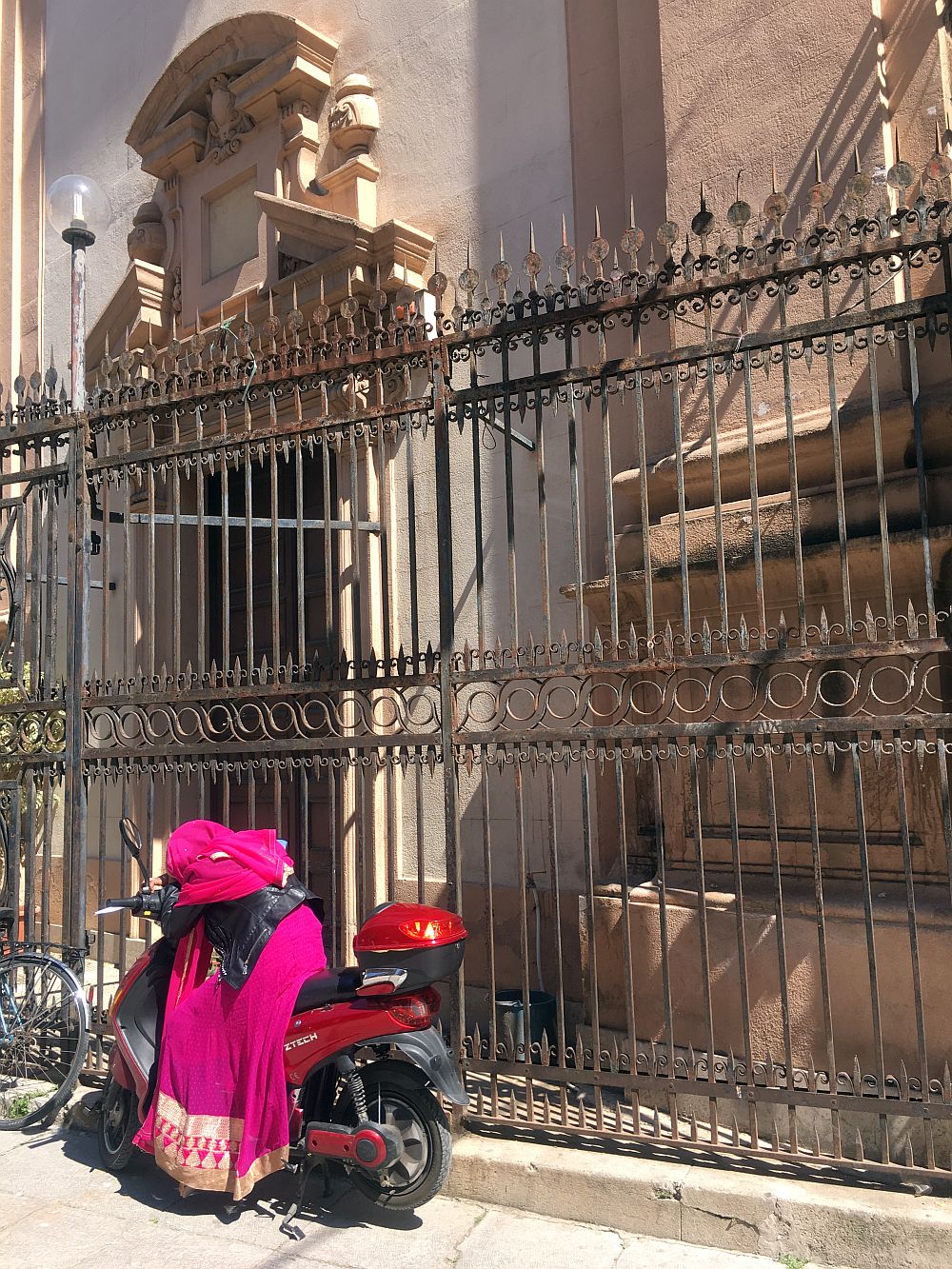
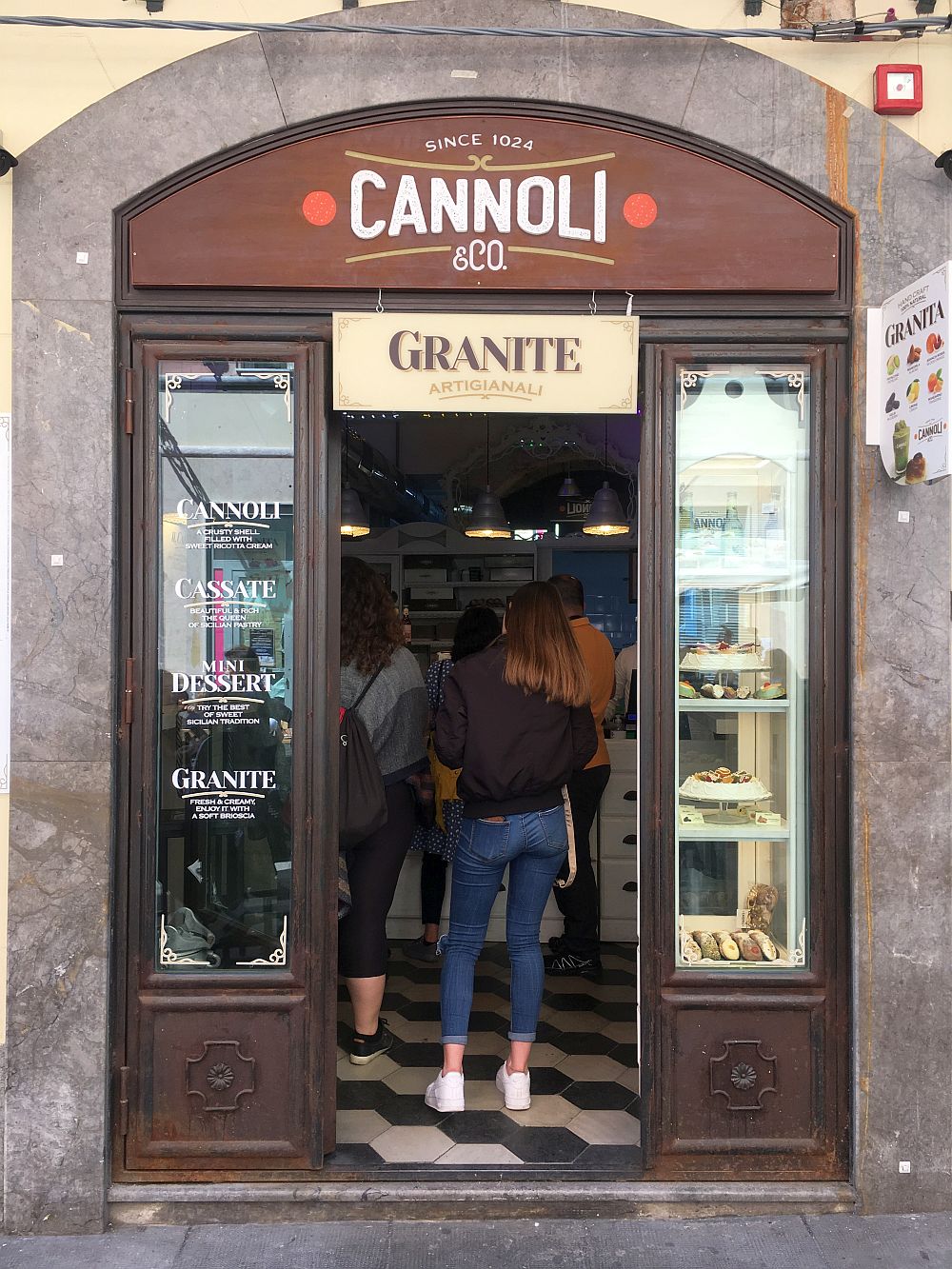

Quattro Canti, Palermo

Cattedrale di Palermo
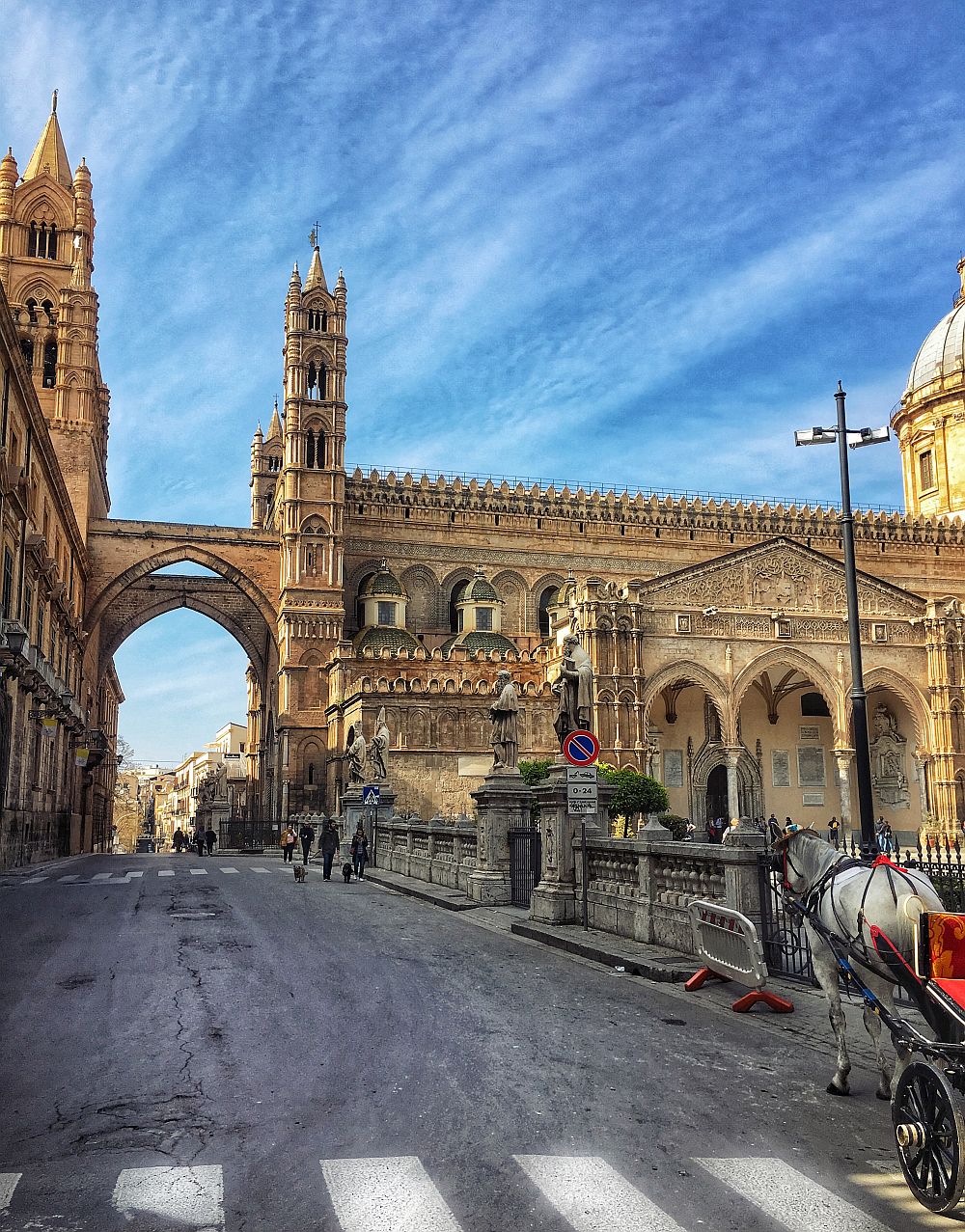
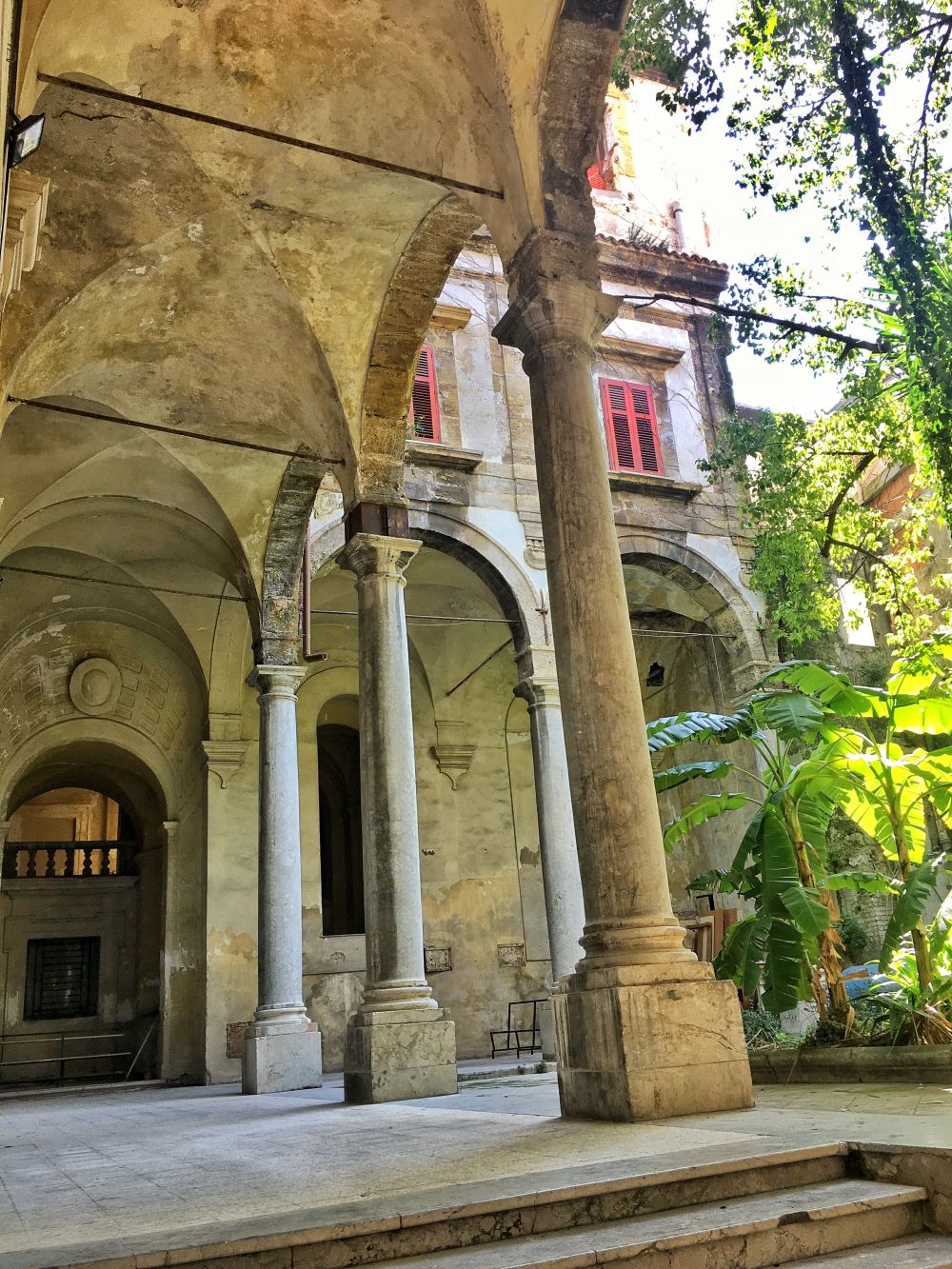
Museo Riso, Palermo
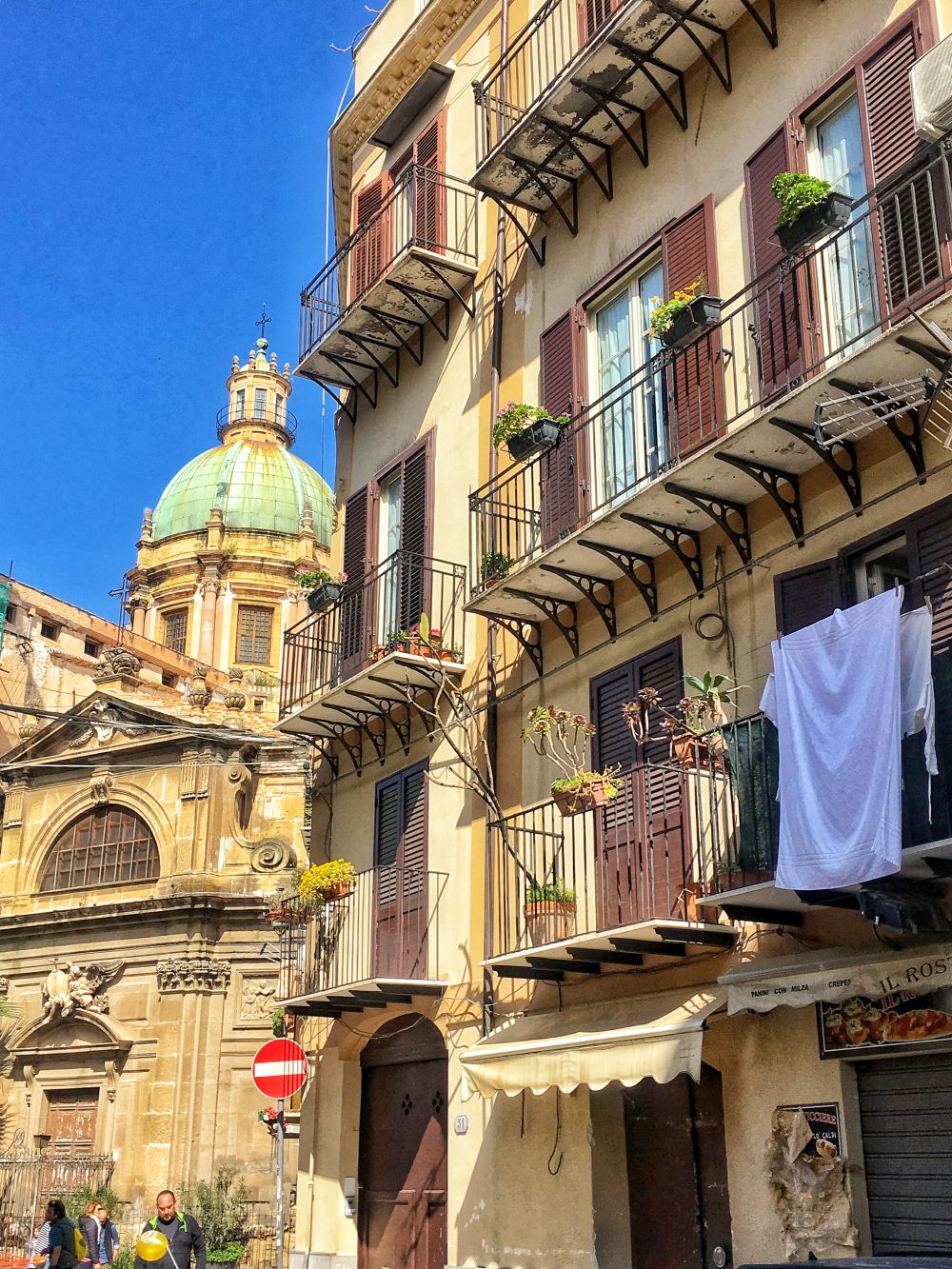

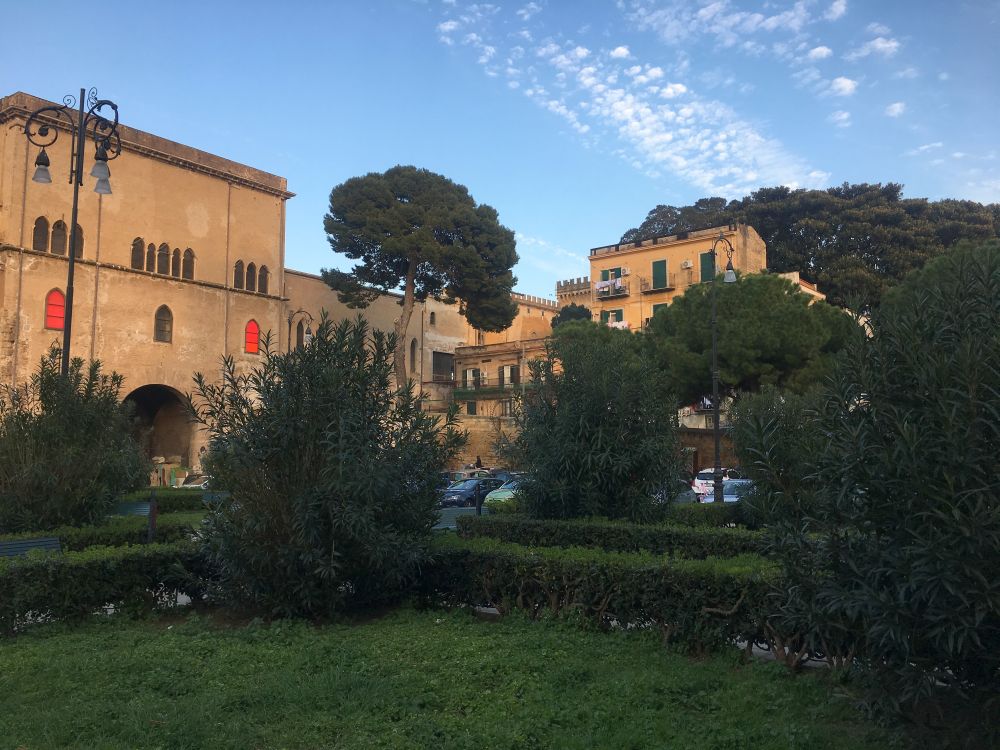
Marsala mi s-a parut un fel de roza a vanturilor, ceea ce confirma inca o data statutul sau de loc preferat de surferi si pasionati de kite. Este aproape material si sesizabil conservatorismul localnicilor si are un puternic vibe siciliano, traditional, ce impregneaza stradutele vechi de piatra lustruita de secole, strajuite de cladiri istorice si catedrale impozante.
Porta Garibaldi marcheaza iesirea din centro storico spre litoral, iar apusurile de soare oglindite de mare si privite prin arcada sa uriasa, sunt absolut spendide.
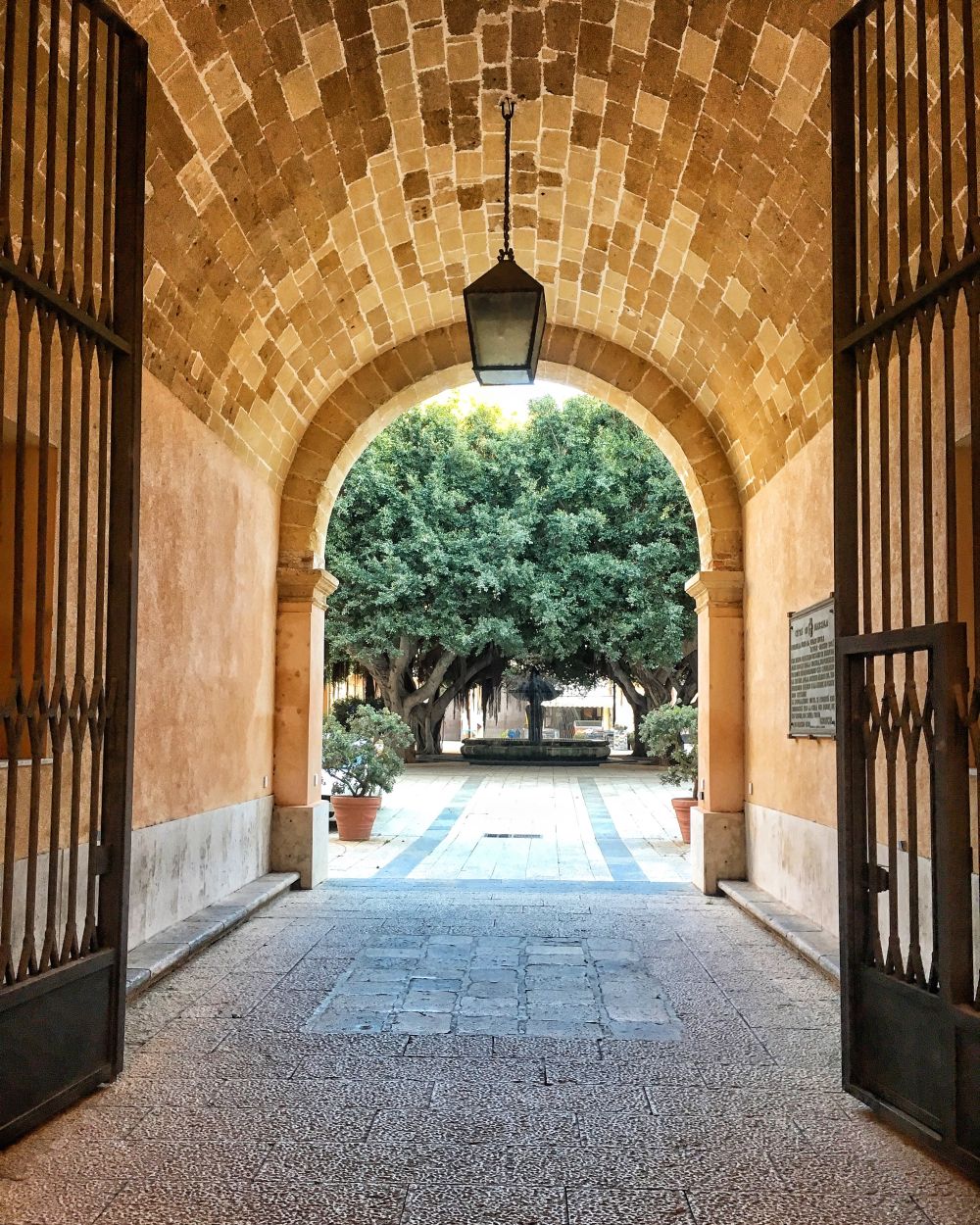

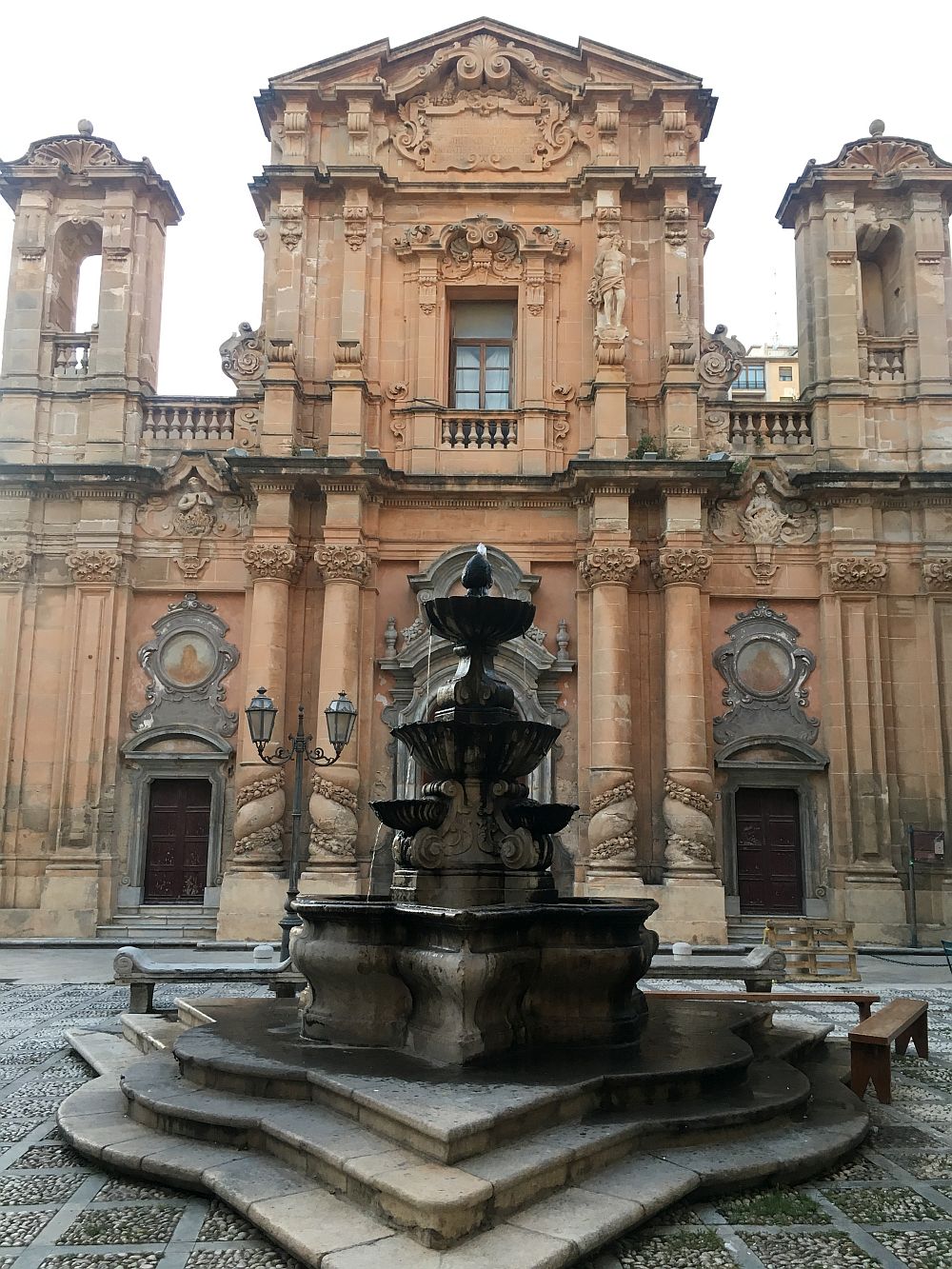
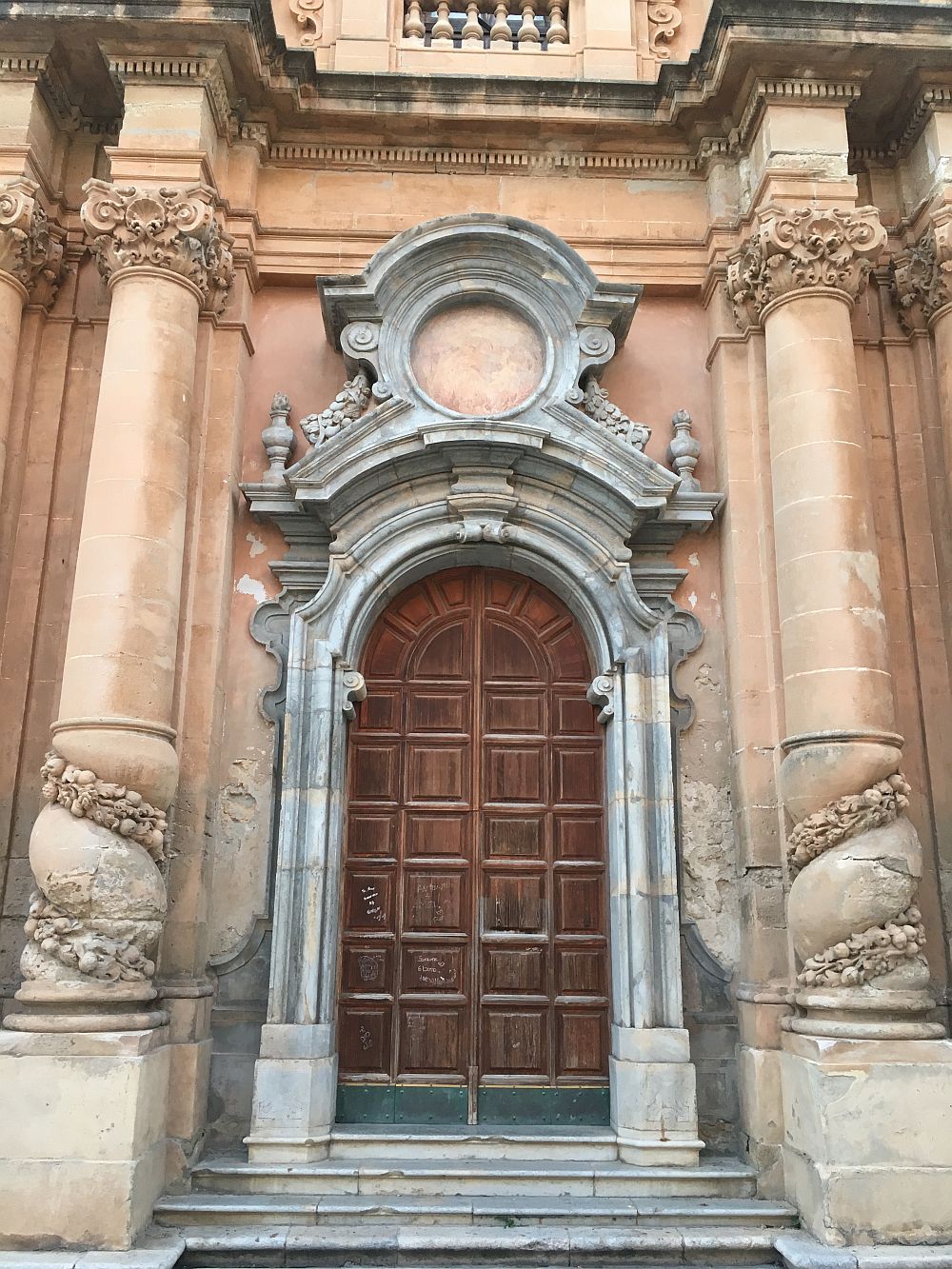
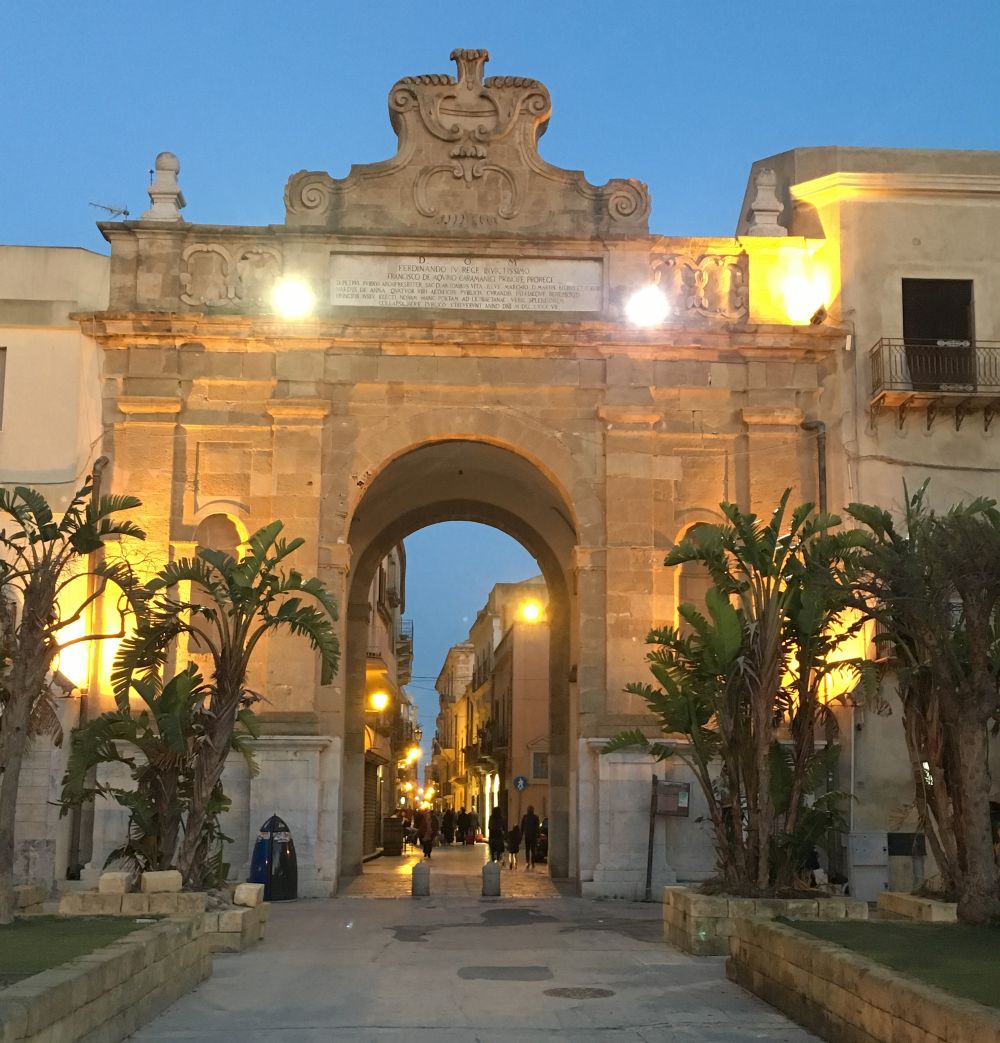
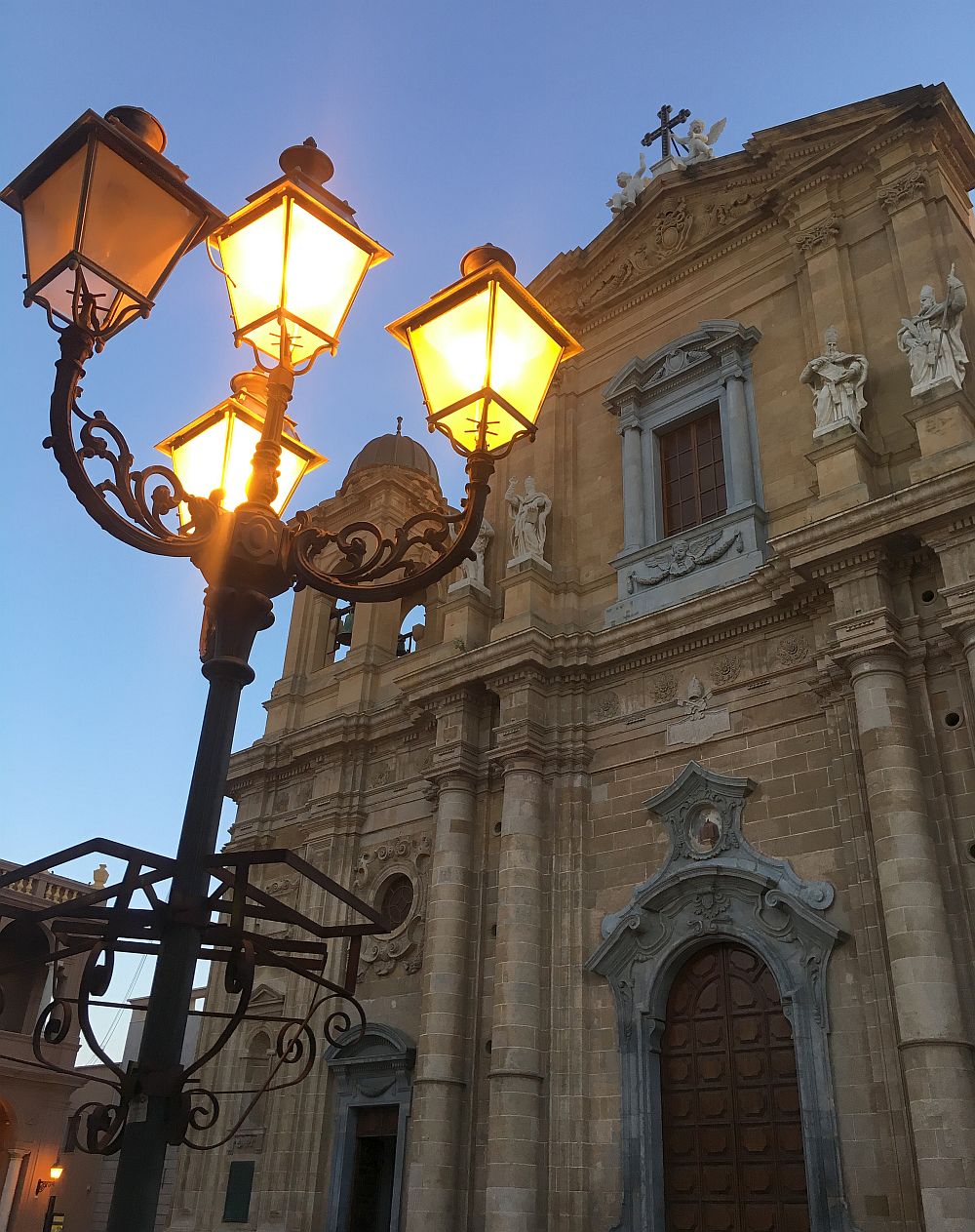

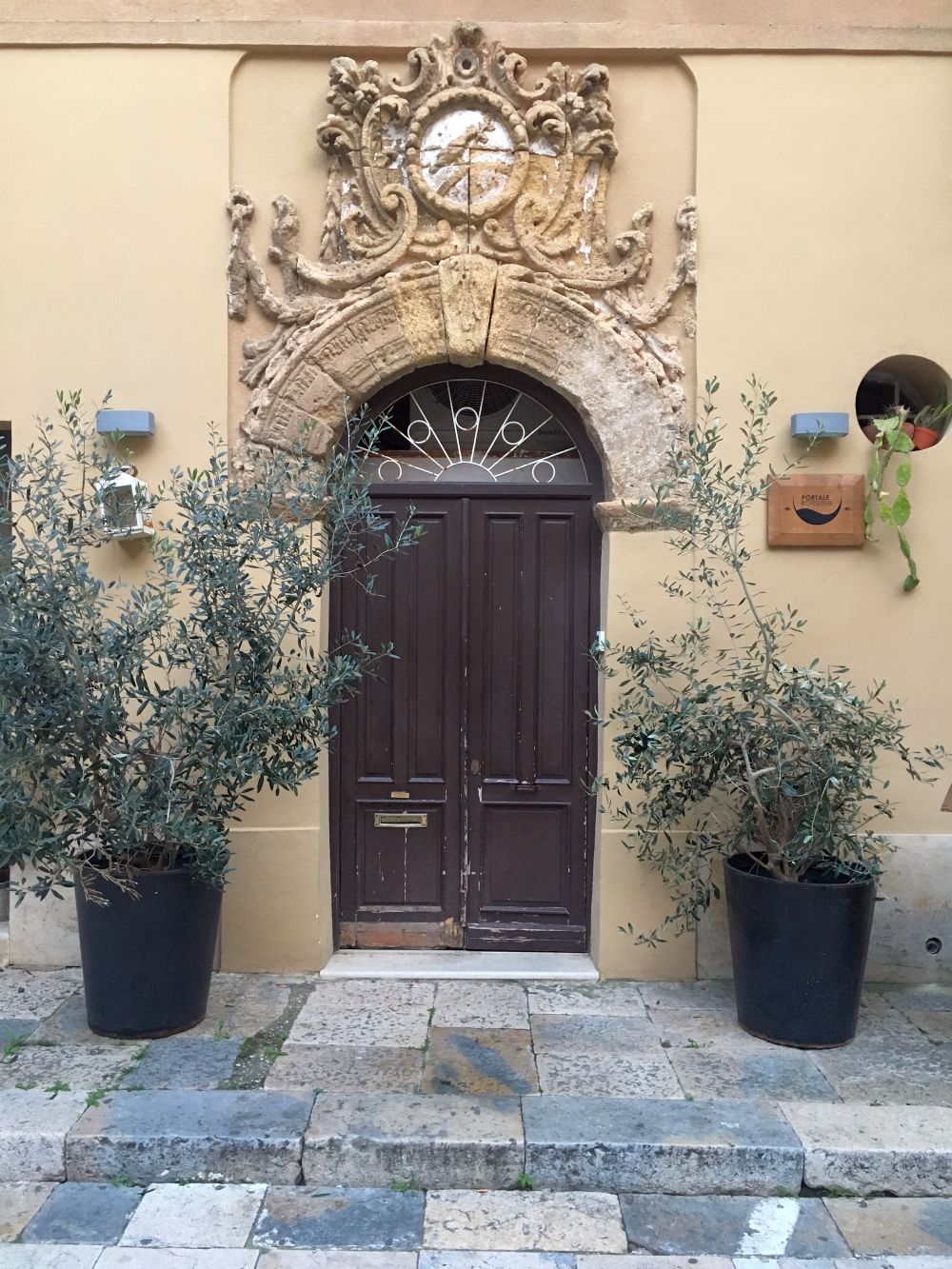

La Casamia Bistro am luat o cina hipsterish-cool ce a debutat cu niste tartine delicioase cu burrata si a continuat cu dorada cu legume si mult Nero D’Avola, vinul rosu sec sicilian la care ma gandesc si acum cu drag si dor 😉
Pranzul de la La Marinara din Piazza Garibaldi a fost foarte gustos, cu feluri de mancare savuroase, servite repede si frumos, cu o grija aparte pentru estetica si decorul din farfurie.

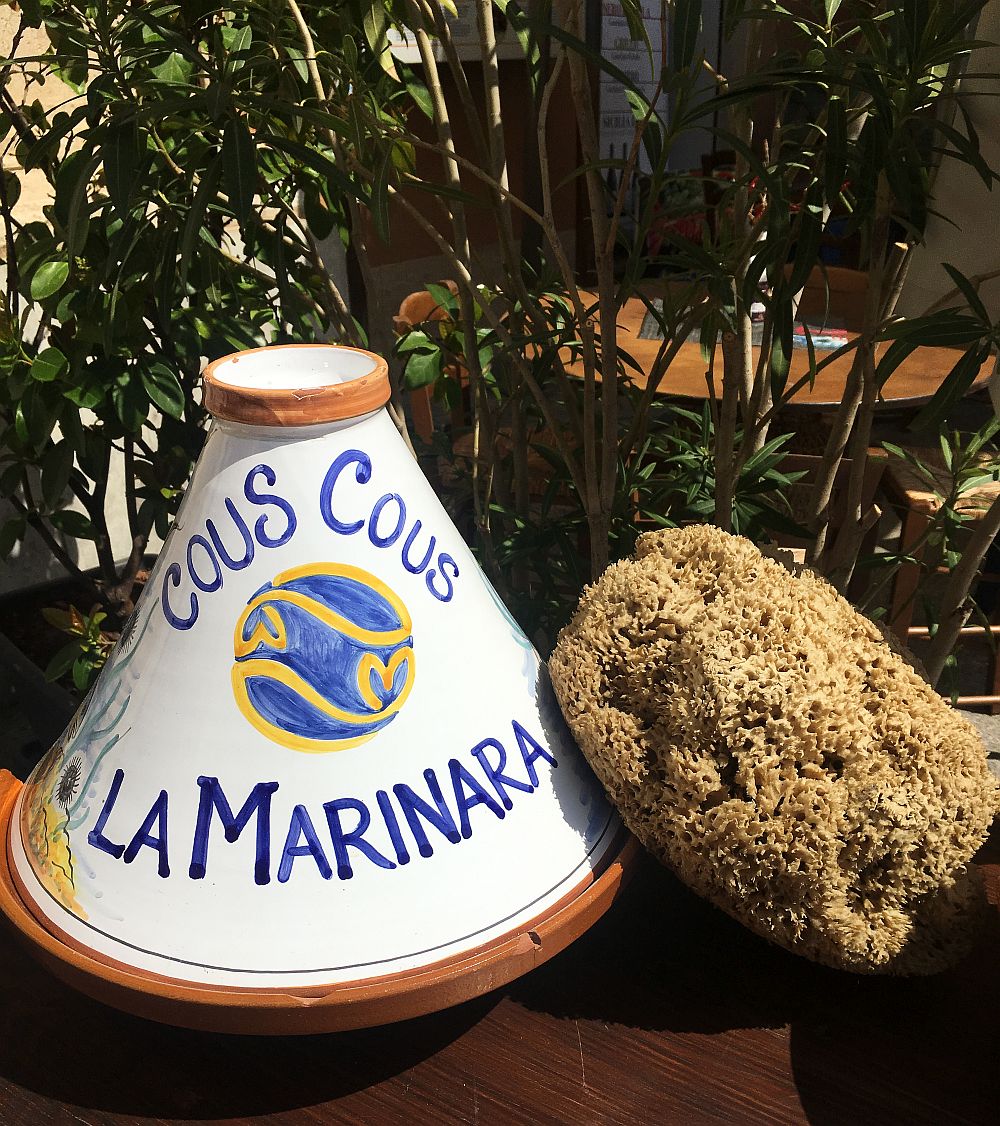
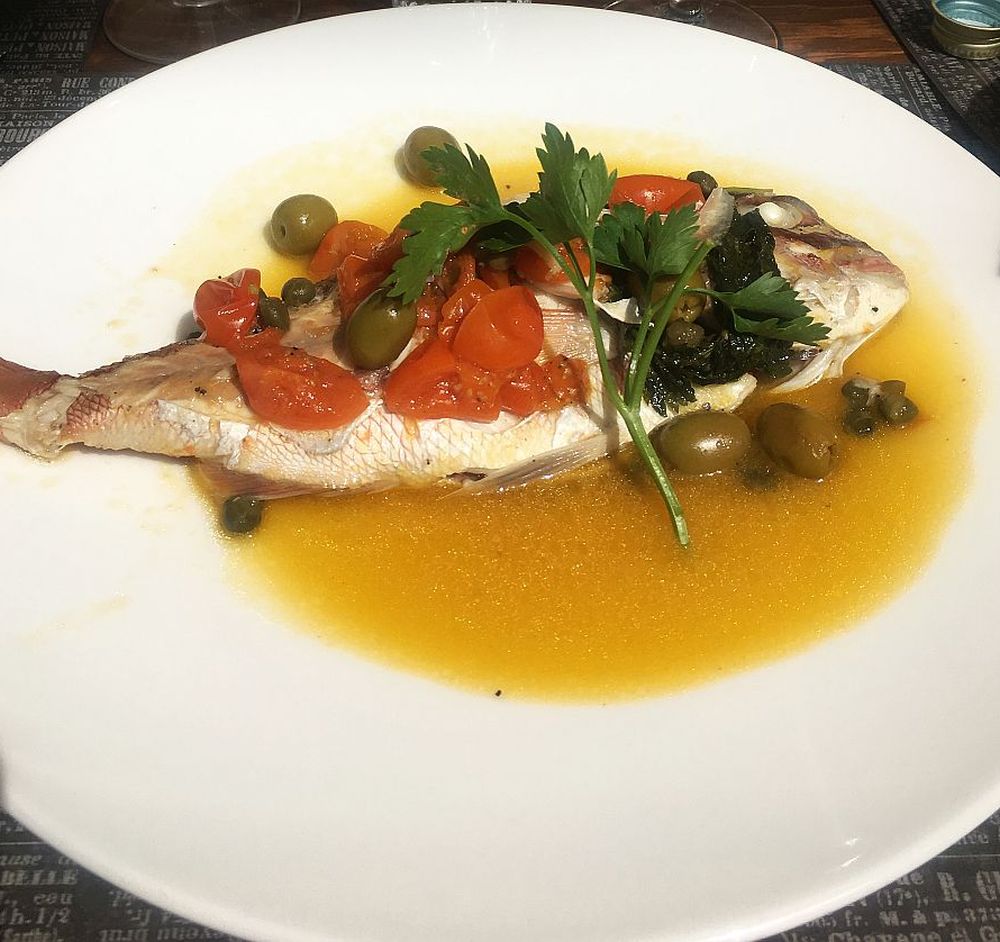

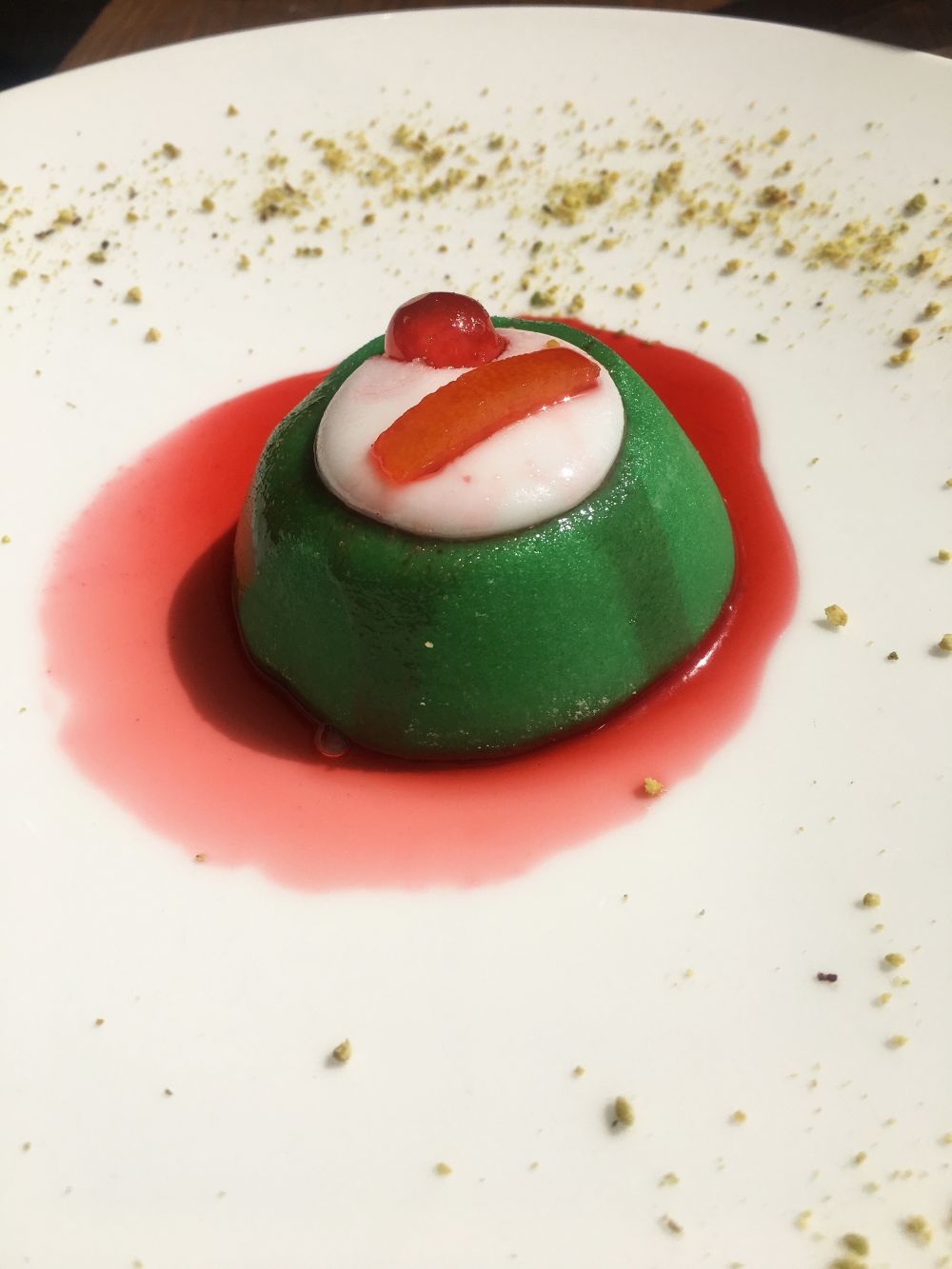
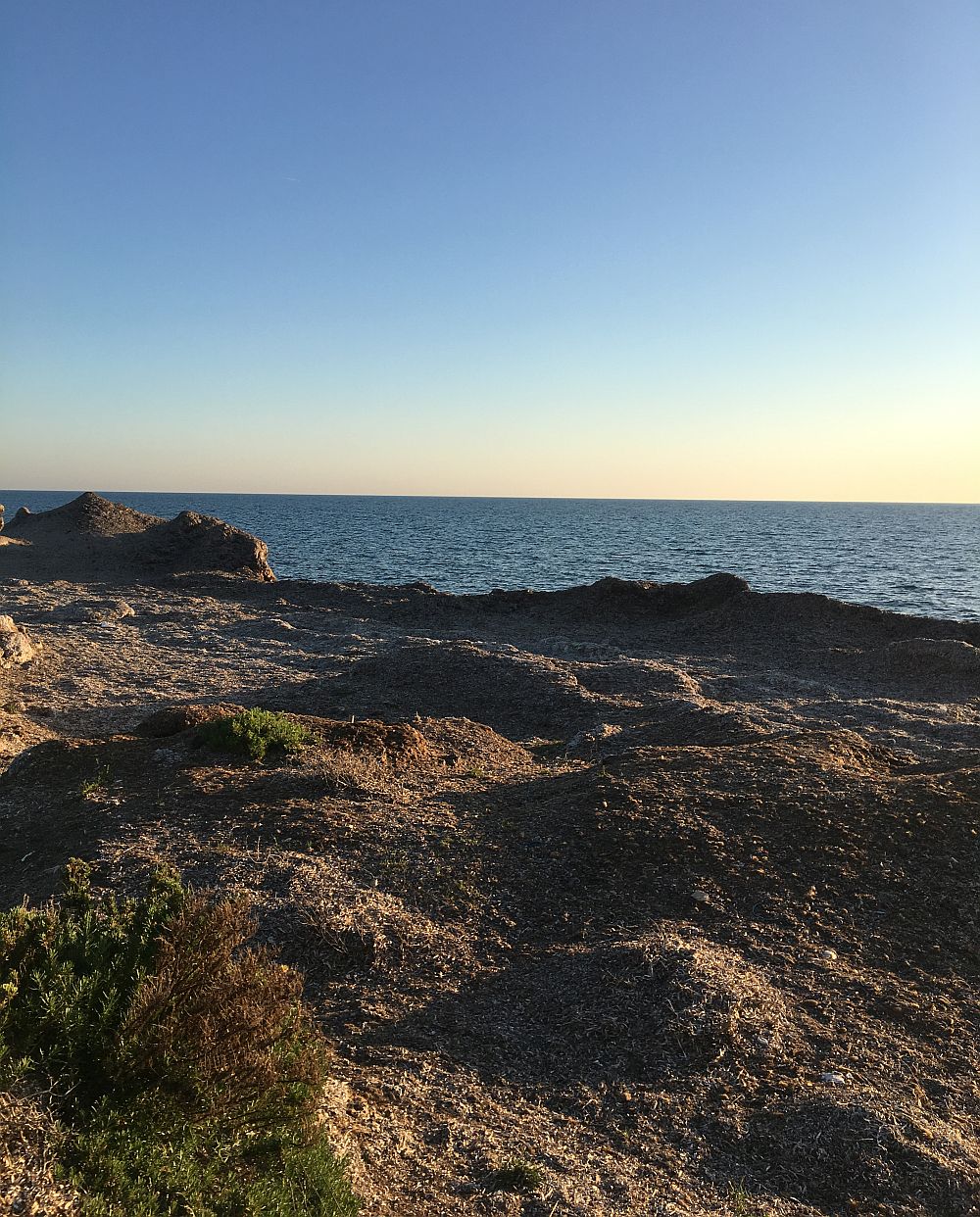
La iesirea din Marsala, urmand indicatoarele catre Mothia, se afla o rezervatie naturala inedita: Saline Dello Stagnone Di Marsala intr-o laguna in care istoria, natura si arheologia intampina calatorul cu o priveliste si experienta extraordinara. Morile de vant te duc cu gandul la Don Quijote, iar cea mai mare dintre ele, Mulino d’Infersa, starul indiscutabil, se poate vizita. Mulino d’Infersa este o adevarata bijuterie a arhitecturii industriale, dateaza din secolul XVI, rolul sau fiind de a folosi puterea vantului pentru a pune in miscare mecanismul ce misca pietrele de moara uriase care maruntesc sarea.
Dupa plimbarea cu vaporasul prin laguna, puteti bea un pahar de Nero D’Avola la restaurantul pescaresc aflat la capatul pontonului, la Mamma Caura.
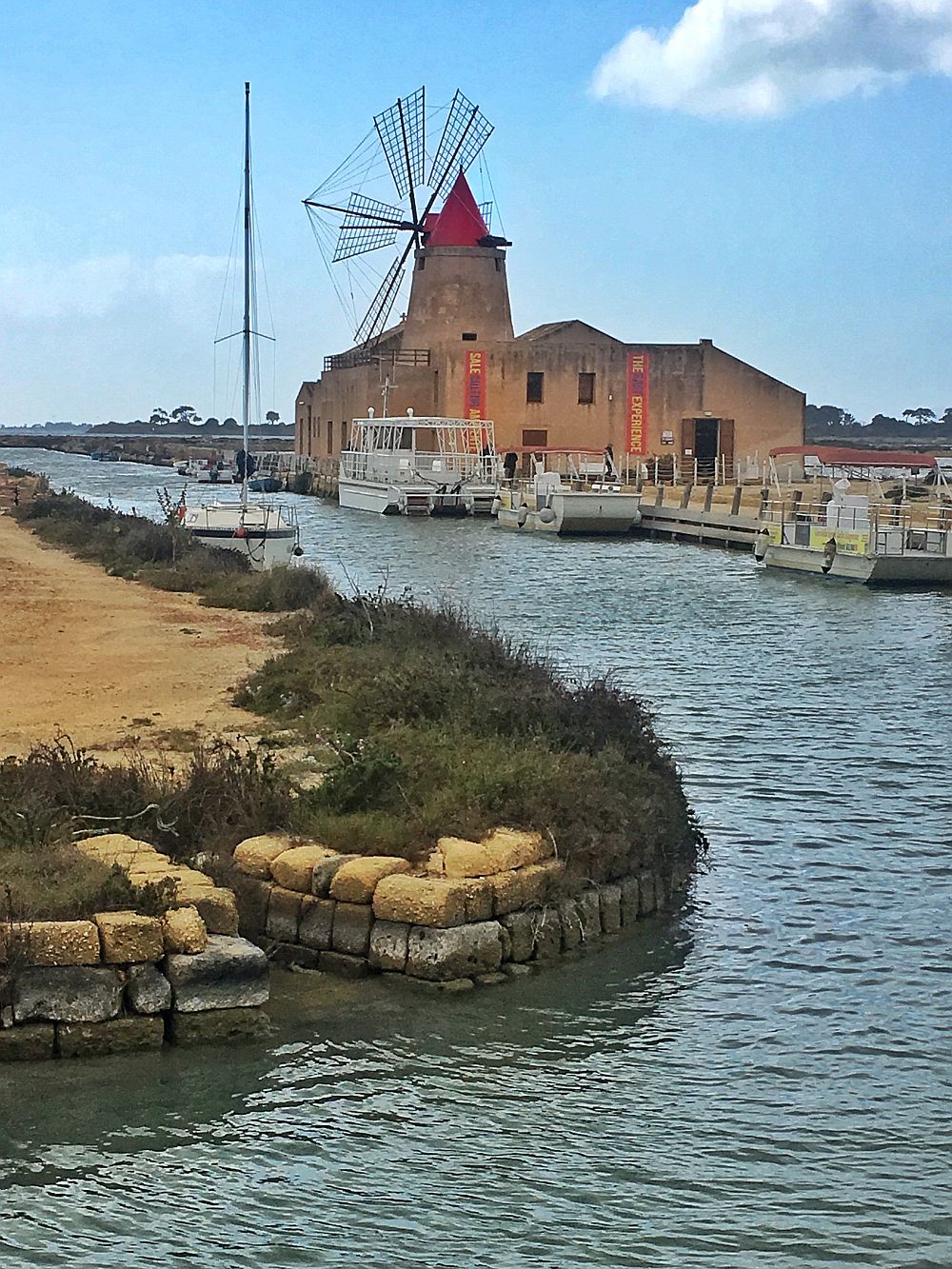
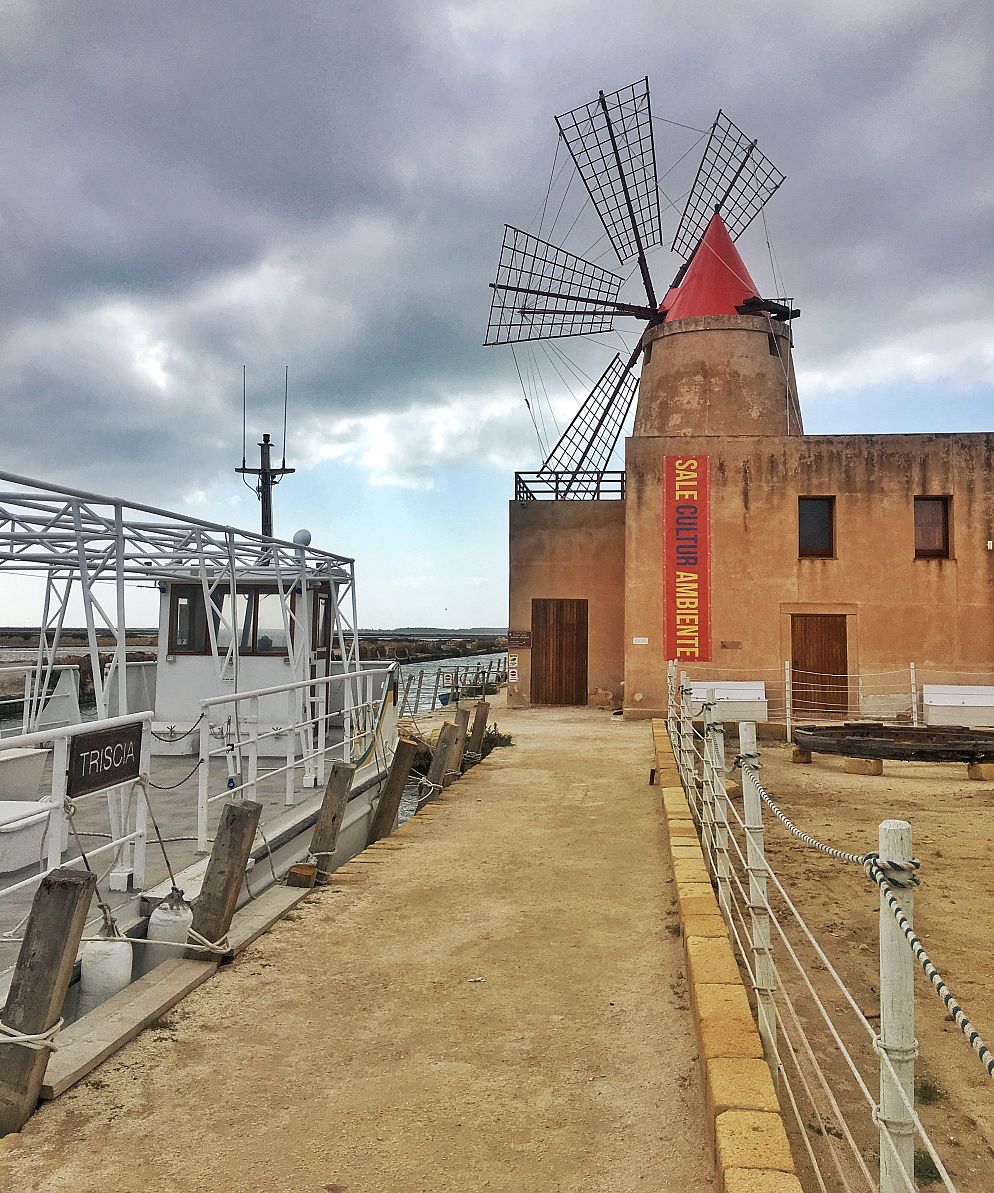

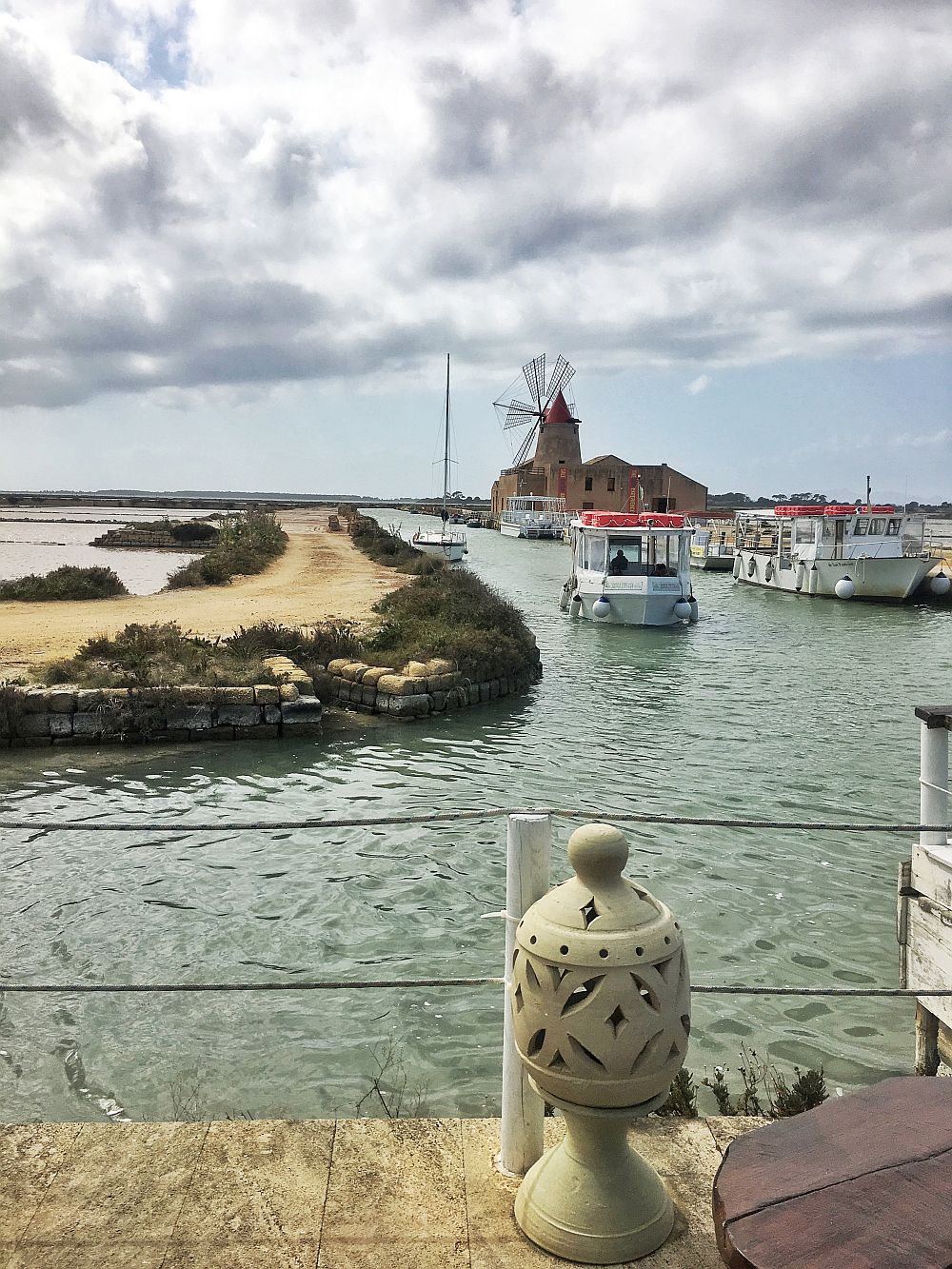
English version text:
Last month, in the last week of March, I made an escape trip to Northern Sicily, as a prevew before summer vacation and lust for places and especially Italian dishes.
It was in a relaxed mood, and for 4 days we explored the northern coast of the Sicilian seashore from Cefalù to Palermo to the far western part of Marsala. We moved easily with a Fiat Panda rented on arrival at the island of Palermo airport and with the utmost attention to traffic, as the Sicilians circulate rather chaotic and cut off your face suddenly without signaling at intersections or when changing the lane.
At Cefalù, we arrived late at night and discovered a charming medieval town, small and merry, with active nightlife and full of laughter and music from place to place. It was my favorite, with its narrow and cobbled streets, small and colorful boutiques on the ground floor of historic buildings, with breakfast served on the terrace in the sun in Piazza Duomo next to the cathedral and even at the base of the famous Rocca.


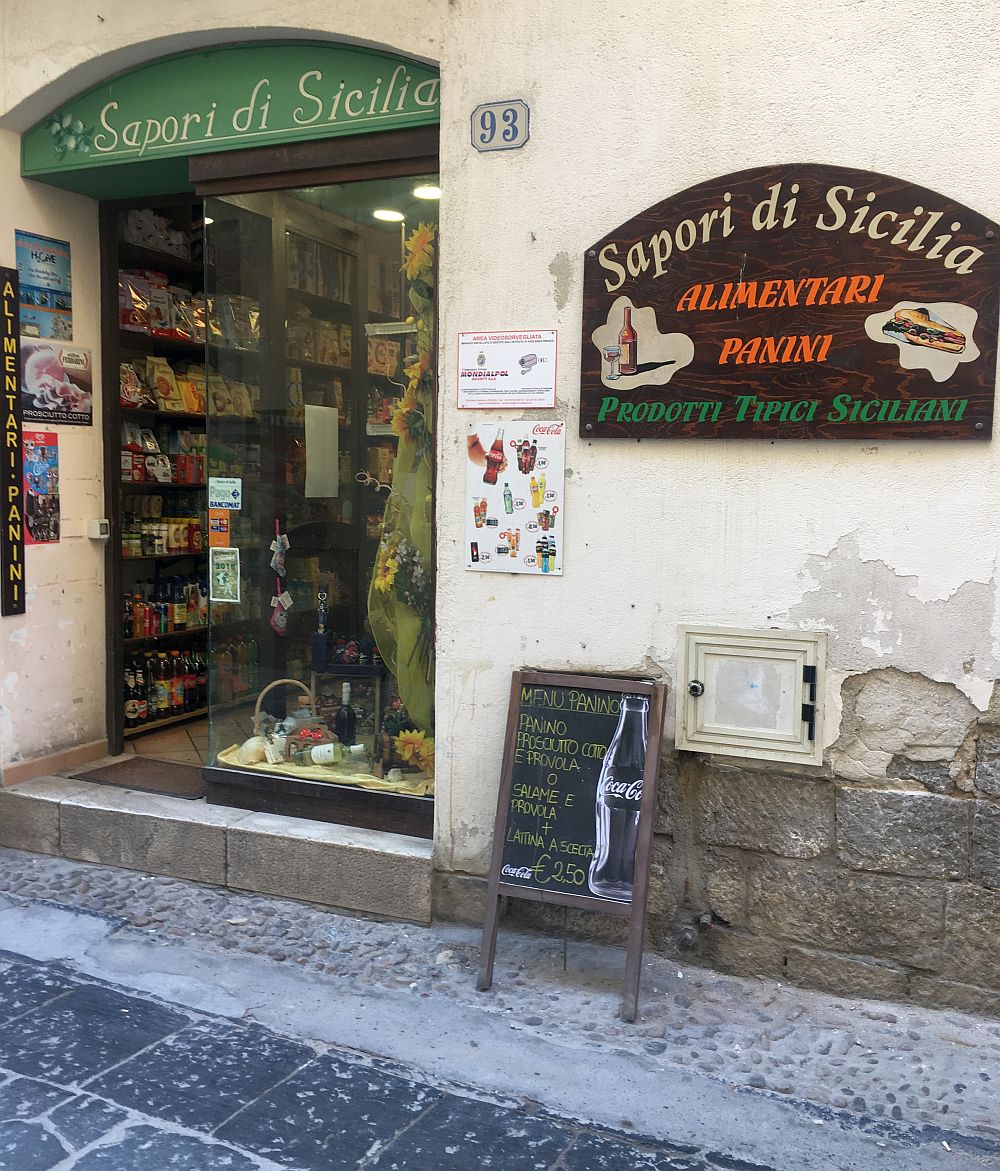

For those keen on history, Cefalù has a Normand Cathedral, built by Roger II since 1131, which houses some of the most famous Byzantine mosaics in Sicily. The city excels in Normandy, Byzantine, Arabic and Spanish vestiges mixed with the Italian spirit.
Osterio Magno is a palace built in the 13th century, being the favorite home of King Roger II, before it was acquired by the feudal family Ventimiglia, who would reign for years in this region. Several architectural styles have been built on some ancient Roman vestiges and now host numerous art exhibitions.
Museo Mandralisca, founded by the Baron de Mandralisca in the 19th century, exhibits archeological pieces and numismatic collections, including an art gallery and a library that gathers over 9,000 historical and scientific works.
Lavatoio Medievale Fiume Cefalino is at the base of the Cefalino brook, about it’s water the legend says it came from the tears of a nymph who could not stop crying after the death of his beloved. From ancient times, during the Romans, the lavatory was used by women who came here to wash their laundry by rubbing them with stones.
La Rocca is the huge limestone rock above the cathedral and you can climb on it, and near the 270 m altitude peak there are the ruins of the Diana Temple, made of ancient stone in the classical Greek architectural style dating from the 9th century before our times.

Porta Pescara, Cefalù
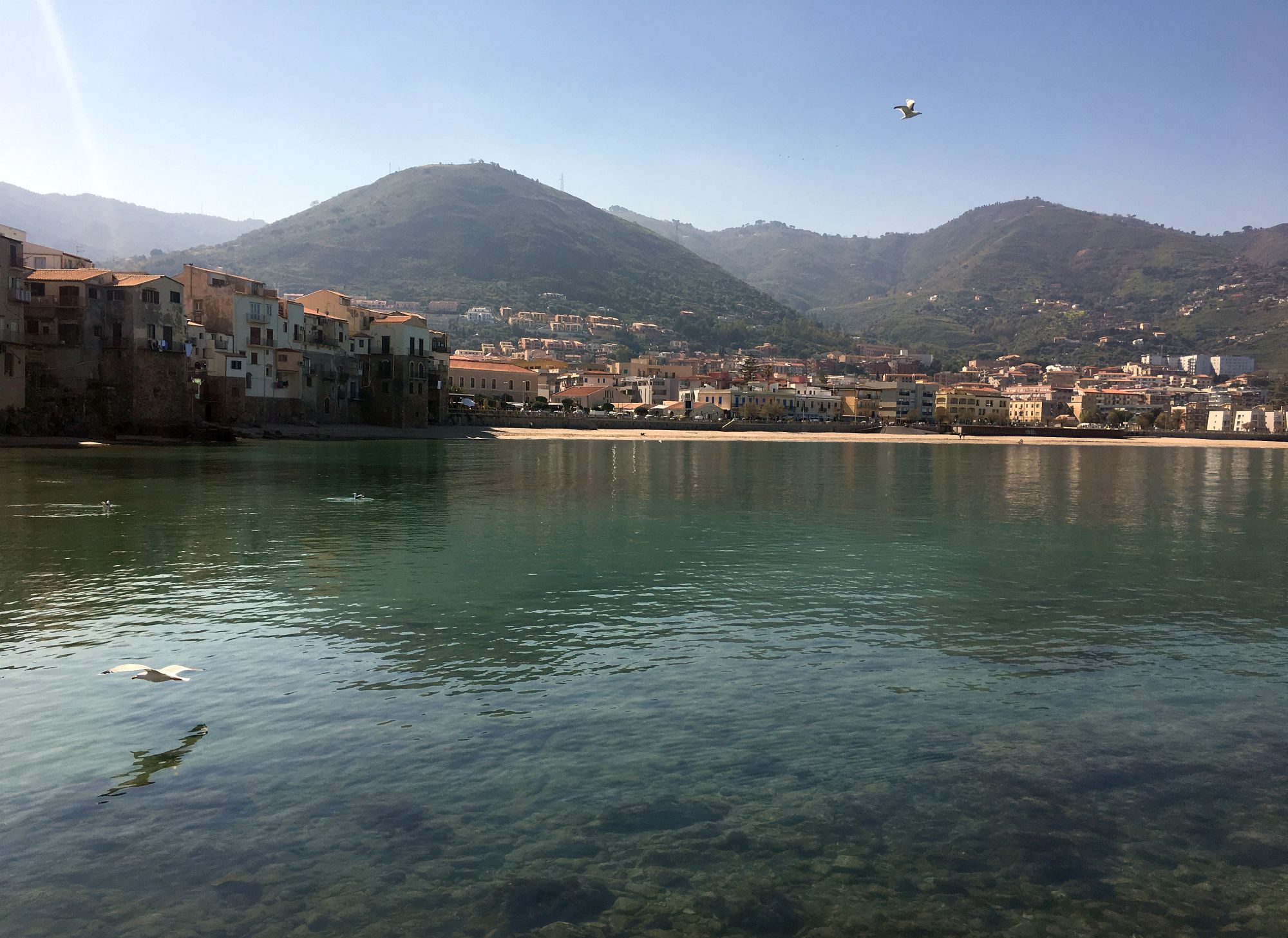
A walk on Lungomare di Cefalù reveals the small beaches with fine sand and the blue sea view, colorful magisterial nature at every sunrise and sunset.
If I would describe Cefalù in short, it would be: grandeur, charm, relaxation, an ideal place to discover and savor that Italian dolce far niente.
I liked Palermo, it’s very beautiful and impressive without being overwhelming, but unfortunately we went quite fast, so I prefer to point out in the pictures the ones discovered over the course of a day.

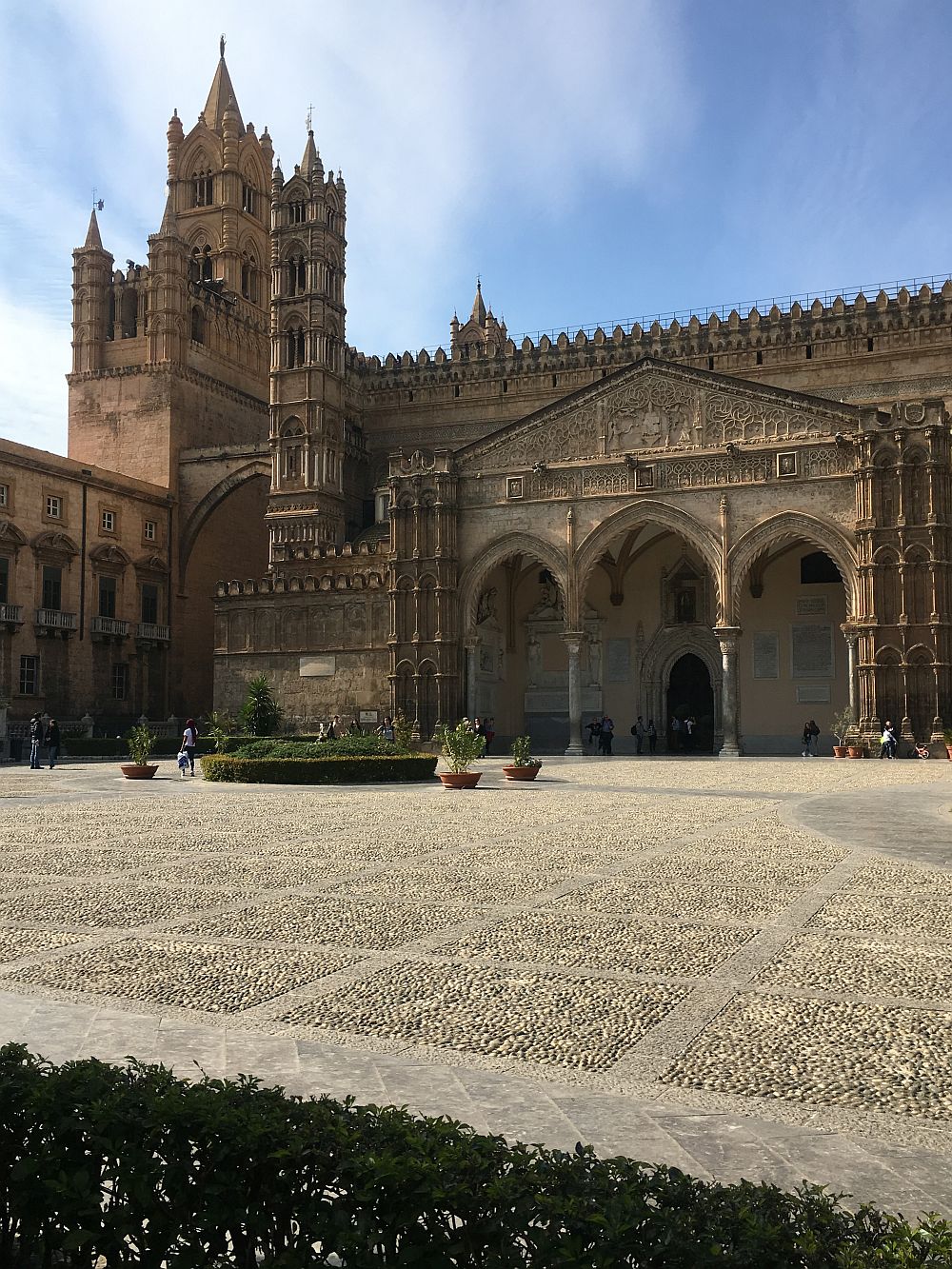
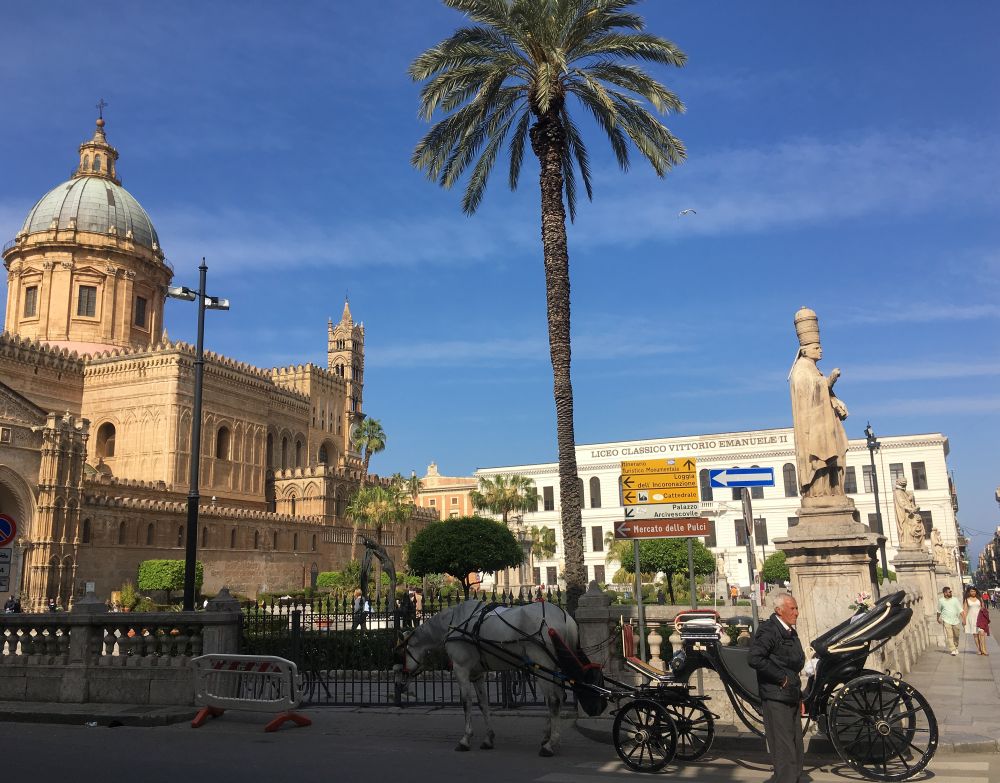
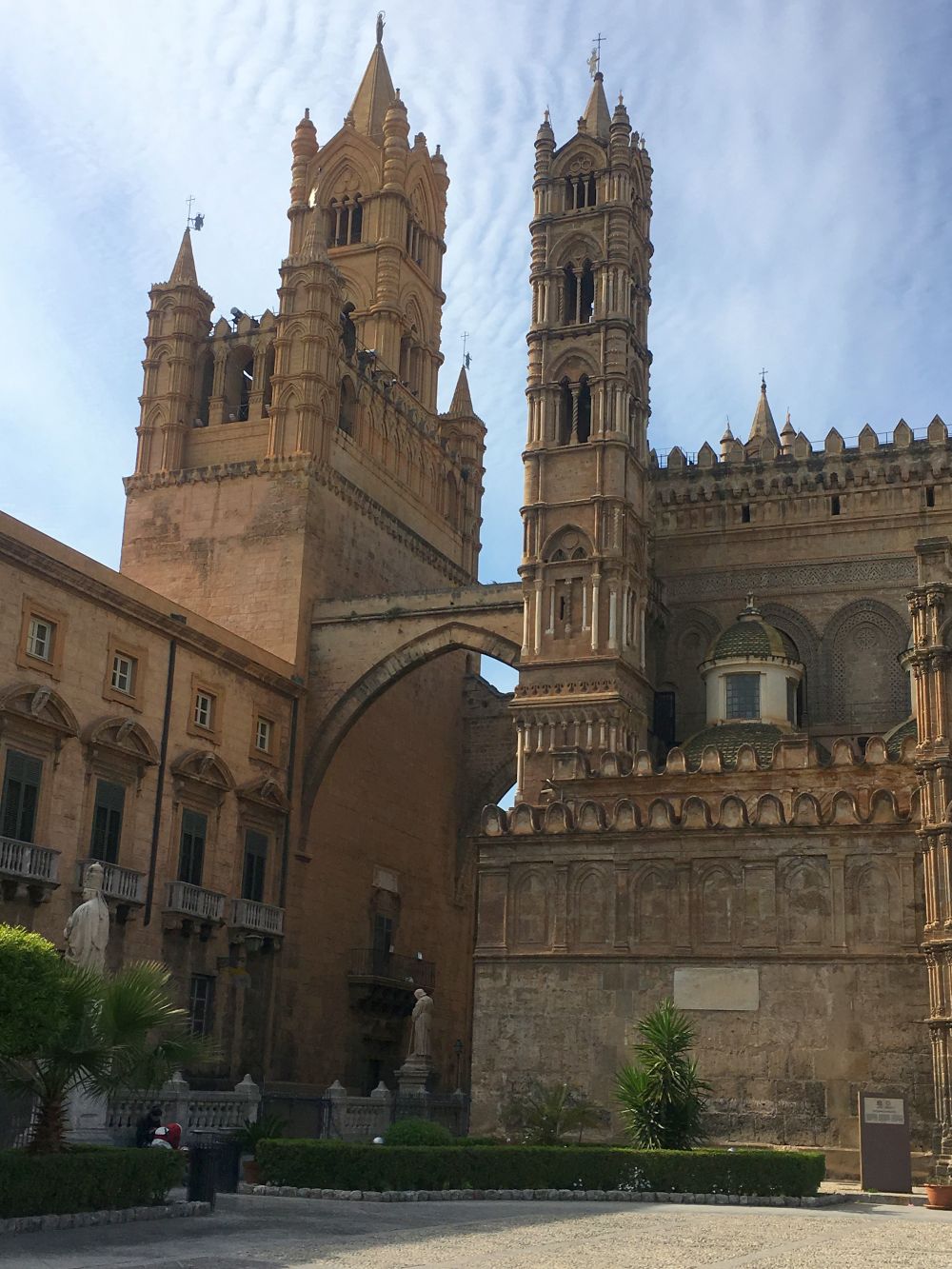
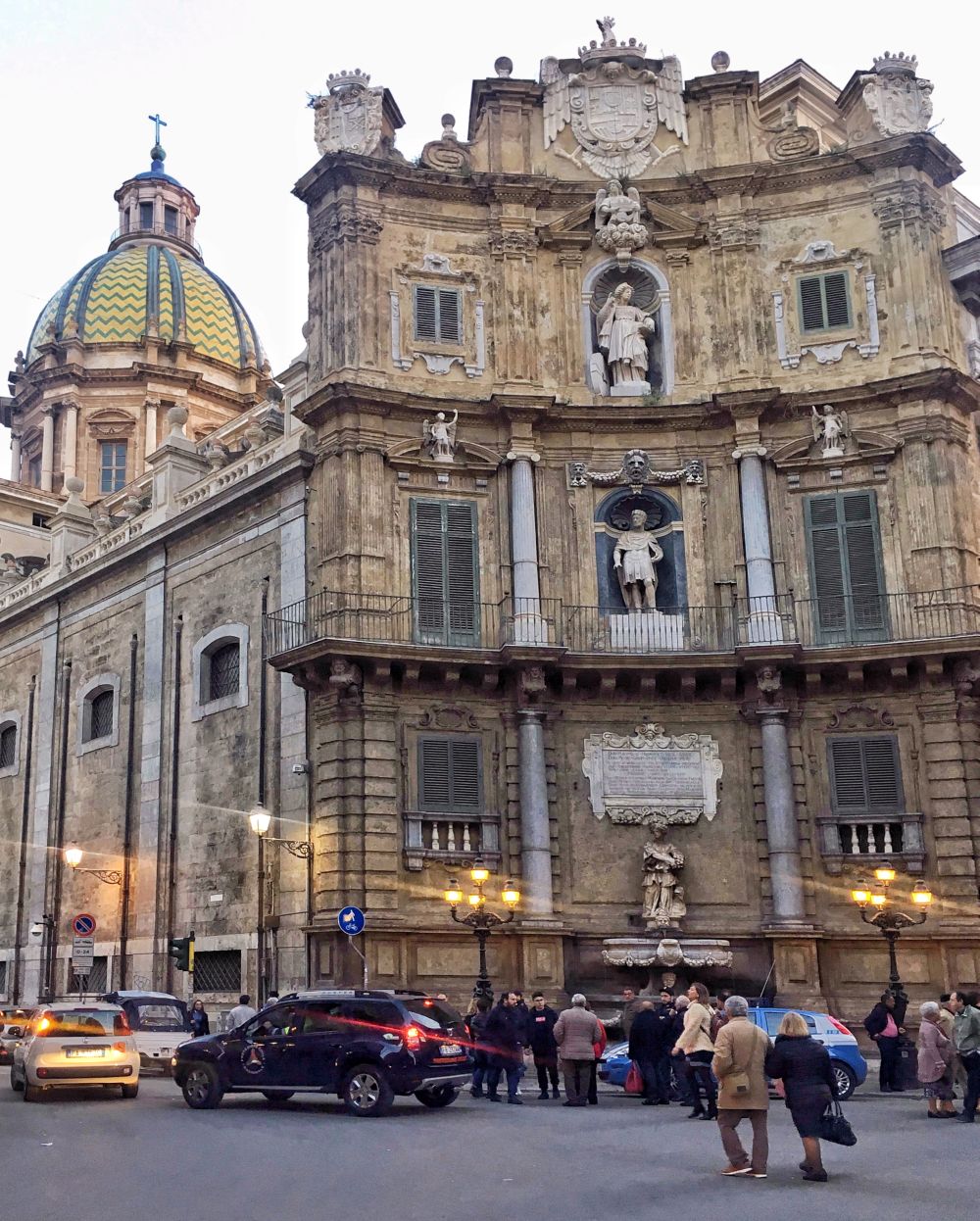
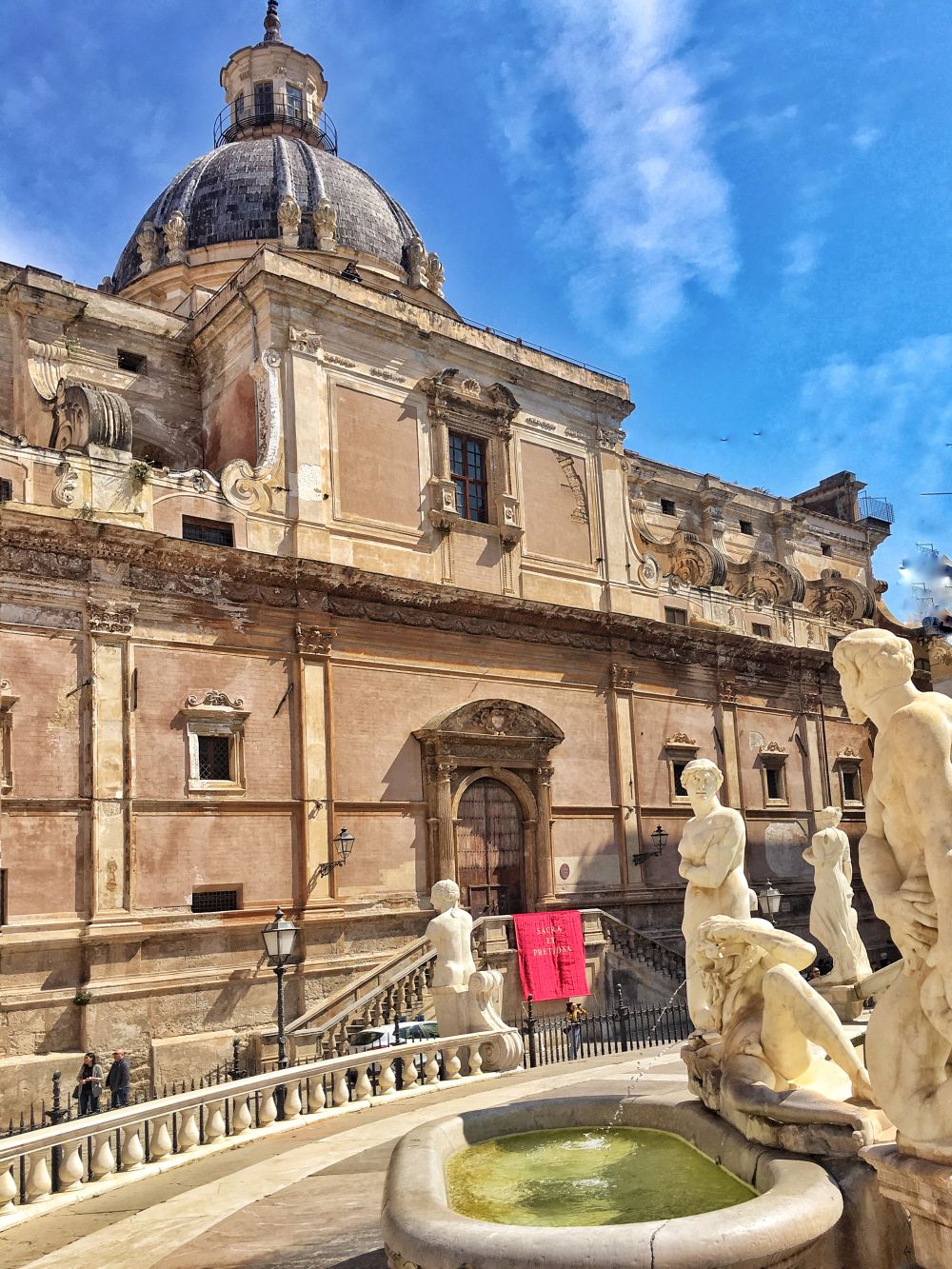
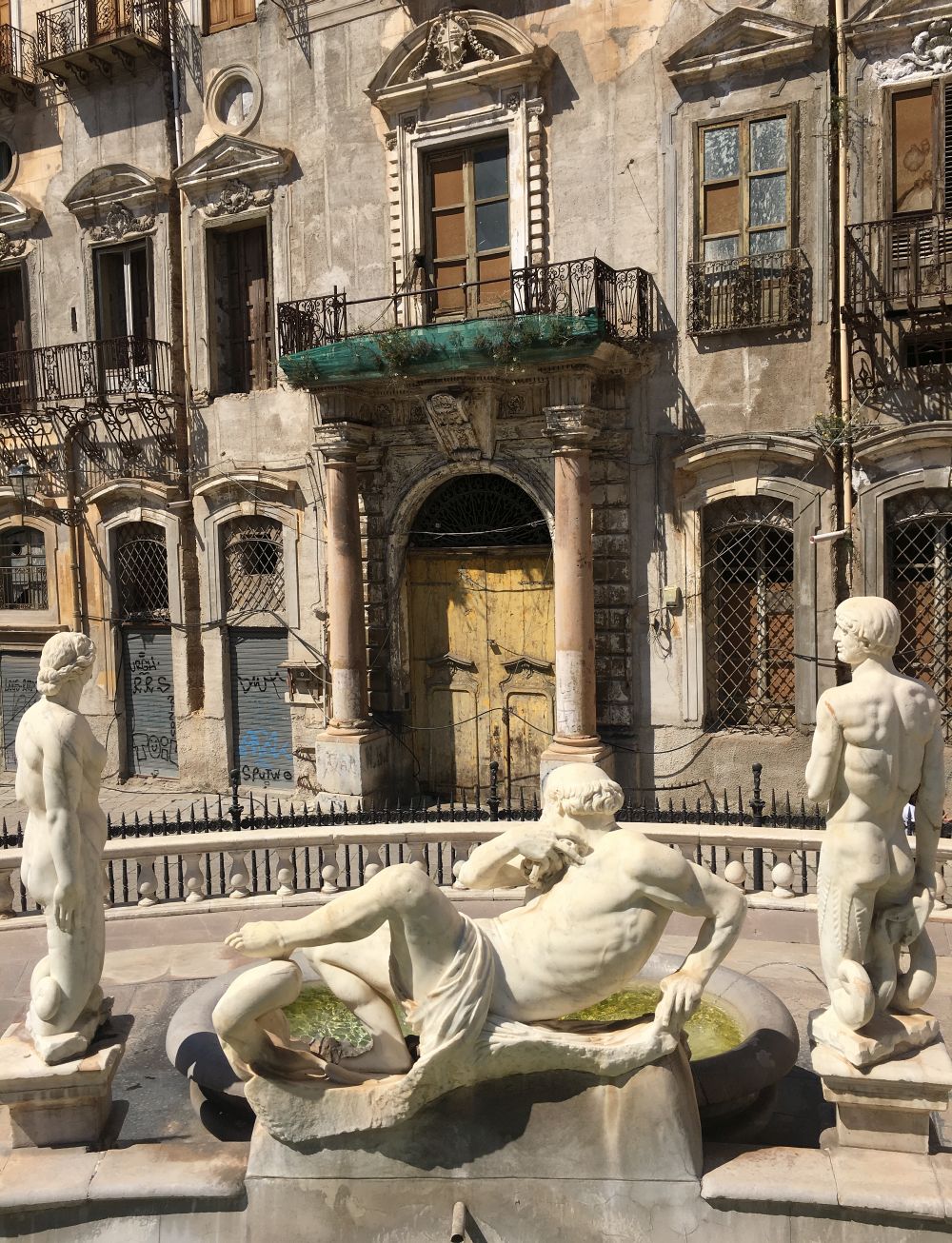

Marsala seemed to me a kind of kingdom of the winds, which once again confirms its status as a favorite place for surfers and kite enthusiasts. It is almost material and conspicuous the conservatism of the locals and has a strong siciliano, traditional vibe that impregnates ancient centuries-old stone streets, guarded by historic buildings and imposing cathedrals.
Porta Garibaldi marks the exit of the centro storico to the seashore, and the sunsets mirrored by its huge arcade are absolutely gorgeous.
We enjoyed a hipsterish-cool dinner at Casamia Bistro that debuted with some delicious toasted burrata tartines and continued with a grilled bream with vegetables and much Nero D’Avola, the dry red Sicilian wine I’m thinking about even now with love and miss 😉
Lunch at La Marinara in Piazza Garibaldi was very tasty, with delicious dishes, served quickly and nicely, with special care for the aesthetics and decor of the plate.


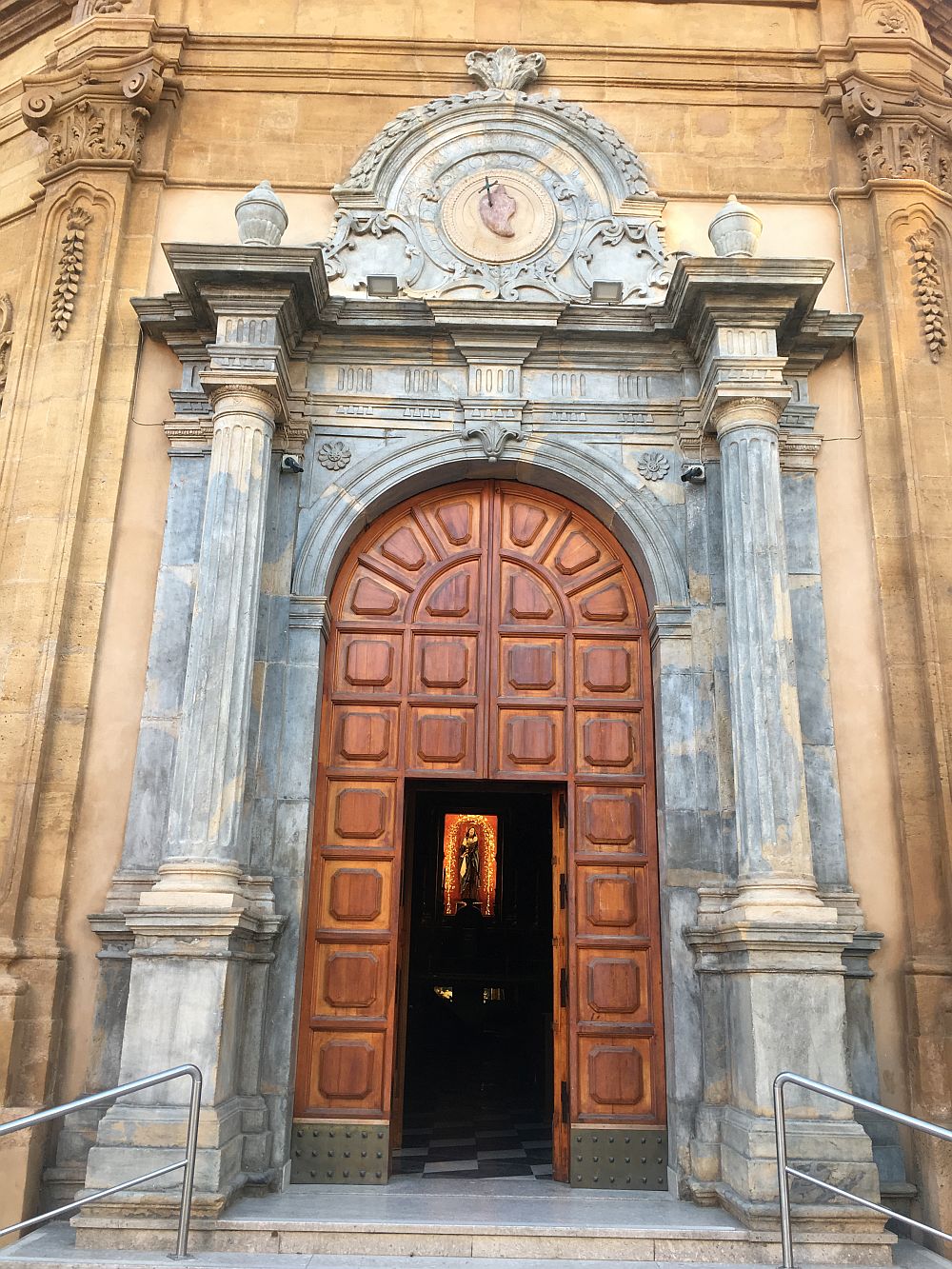
At the exit of Marsala, following signs to Mothia, there is a natural reserve: Saline Dello Stagnone Di Marsala in a lagoon where history, nature and archeology welcome the traveler with a view and extraordinary experience. The windmills take you to Don Quixote, and the biggest of them, Mulino d’Infersa, the indisputable star, can be visited.
Mulino d’Infersa is a real jewel of industrial architecture, dating back to the 16th century, its role being to use wind power to move the gear that enhance huge mill stones to grind salt.
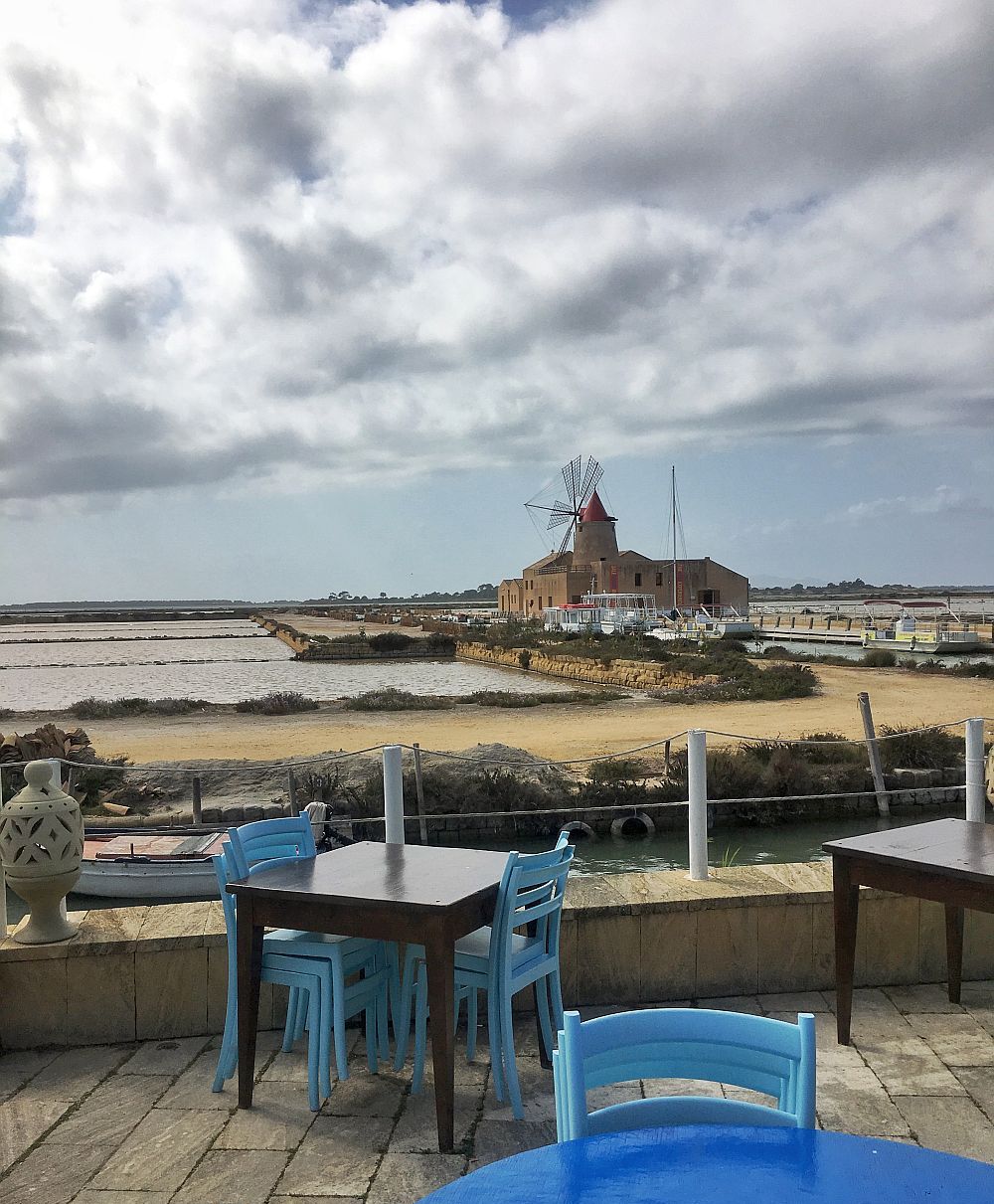
After a boat lagoon ride, you can drink a glass of Nero D’Avola at the traditional fish restaurant from the end of the pontoon, at Mamma Caura.
Photo credits: personal archive Ruxandra Chiurtu